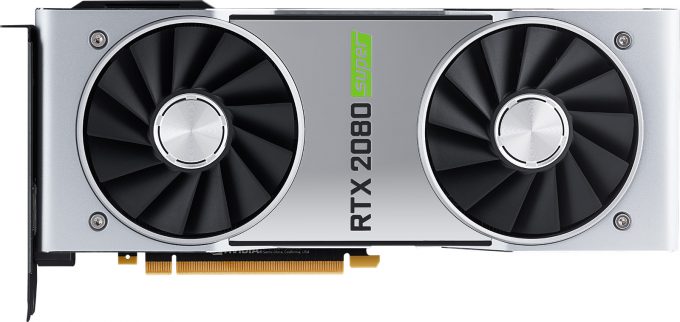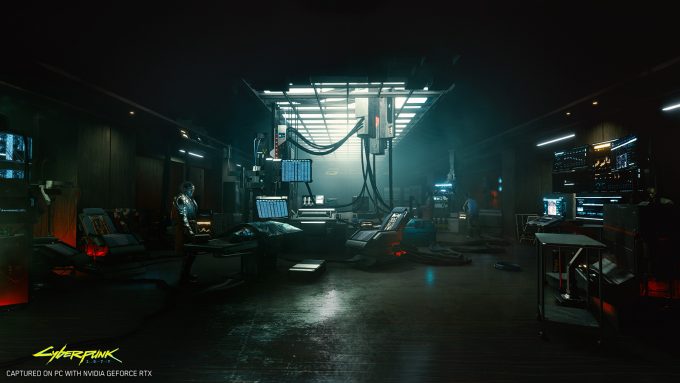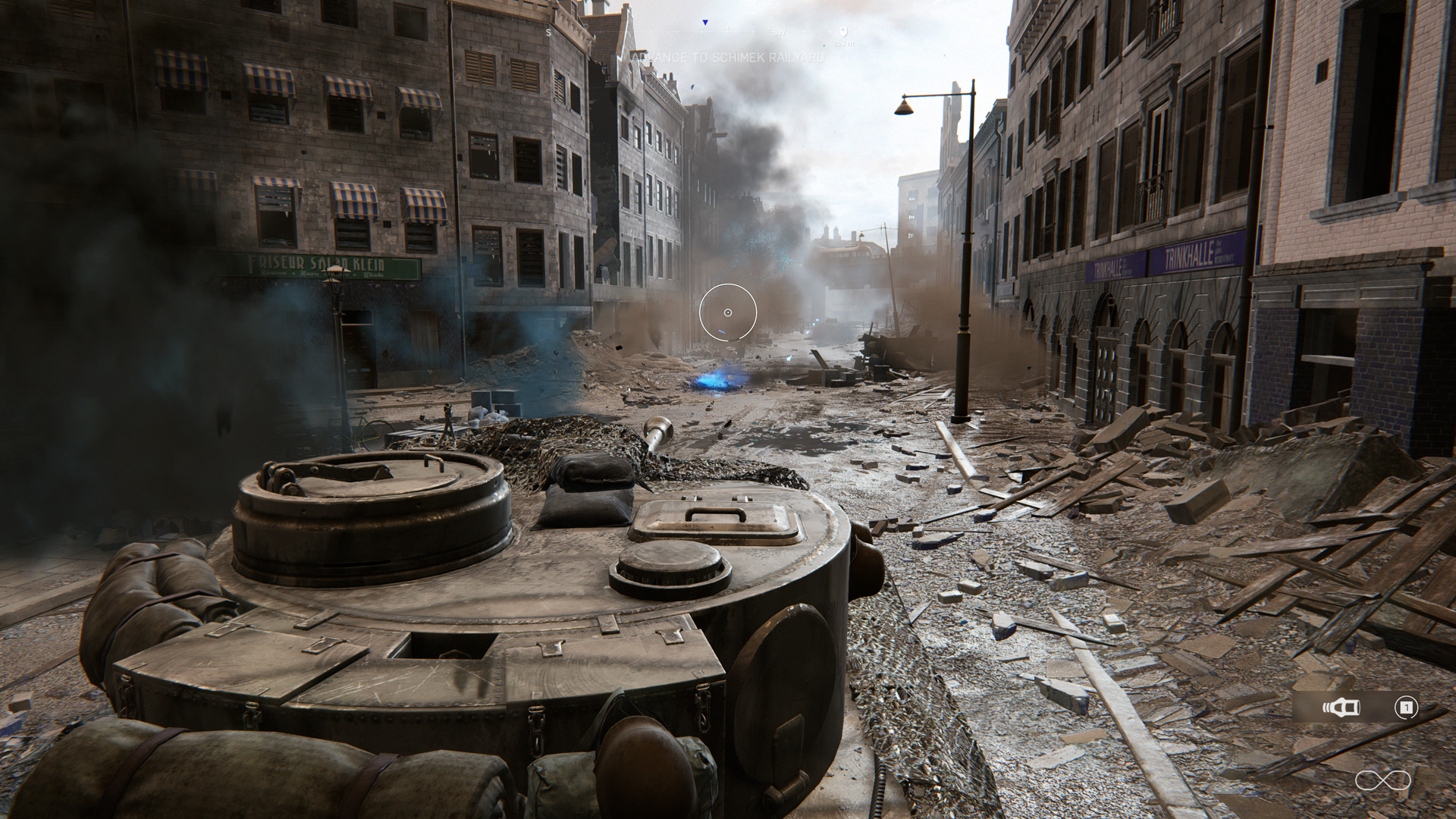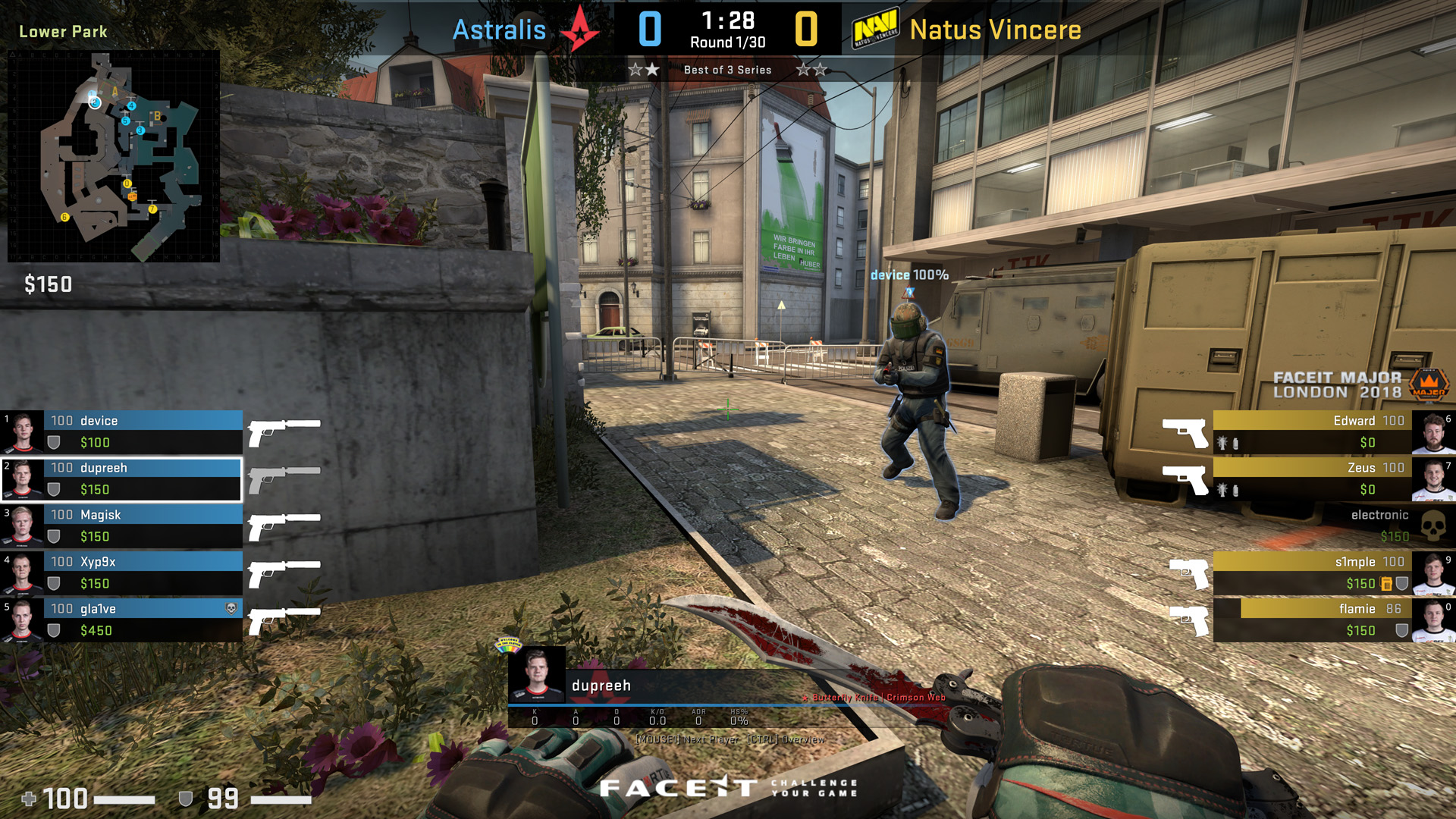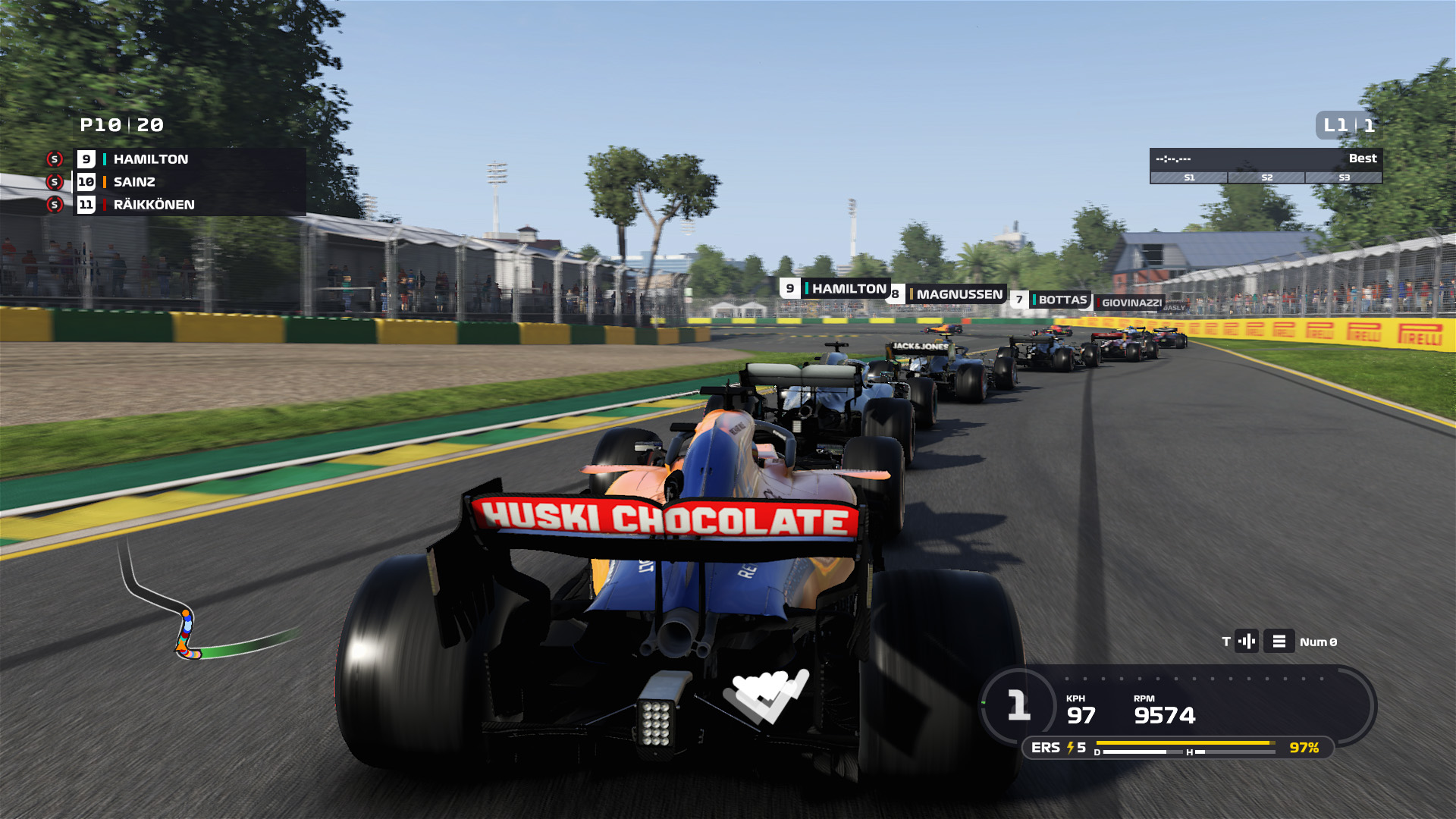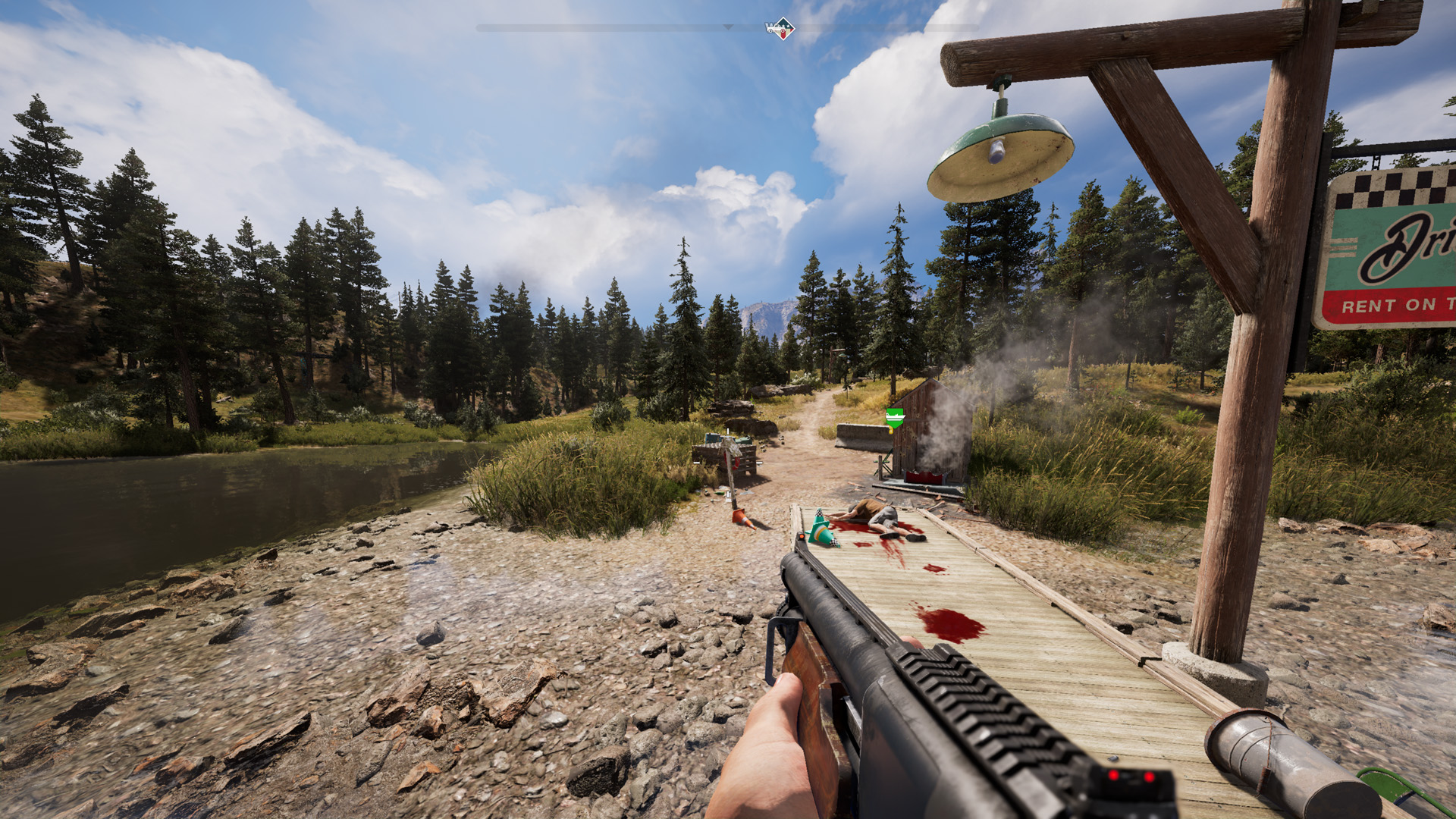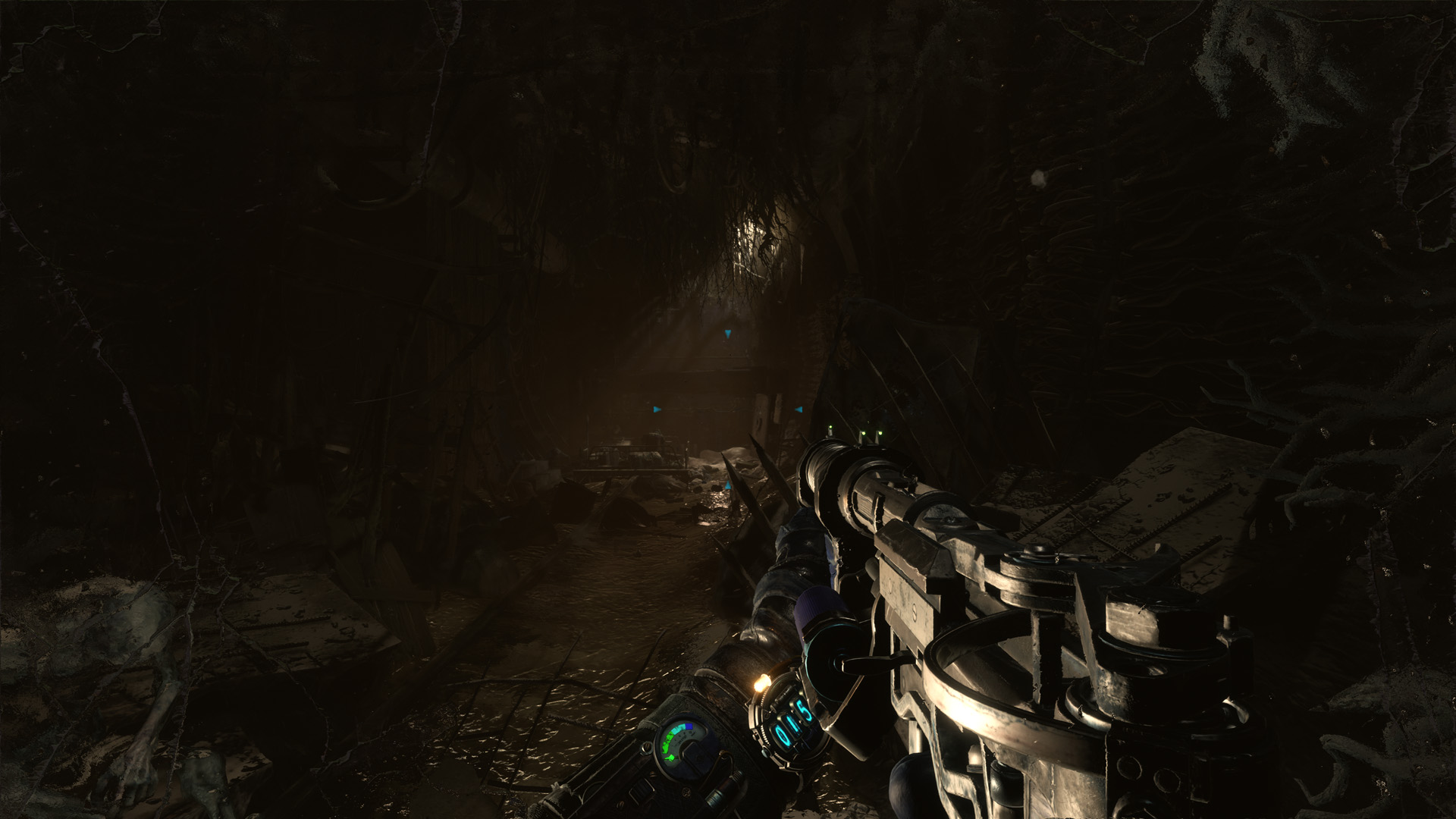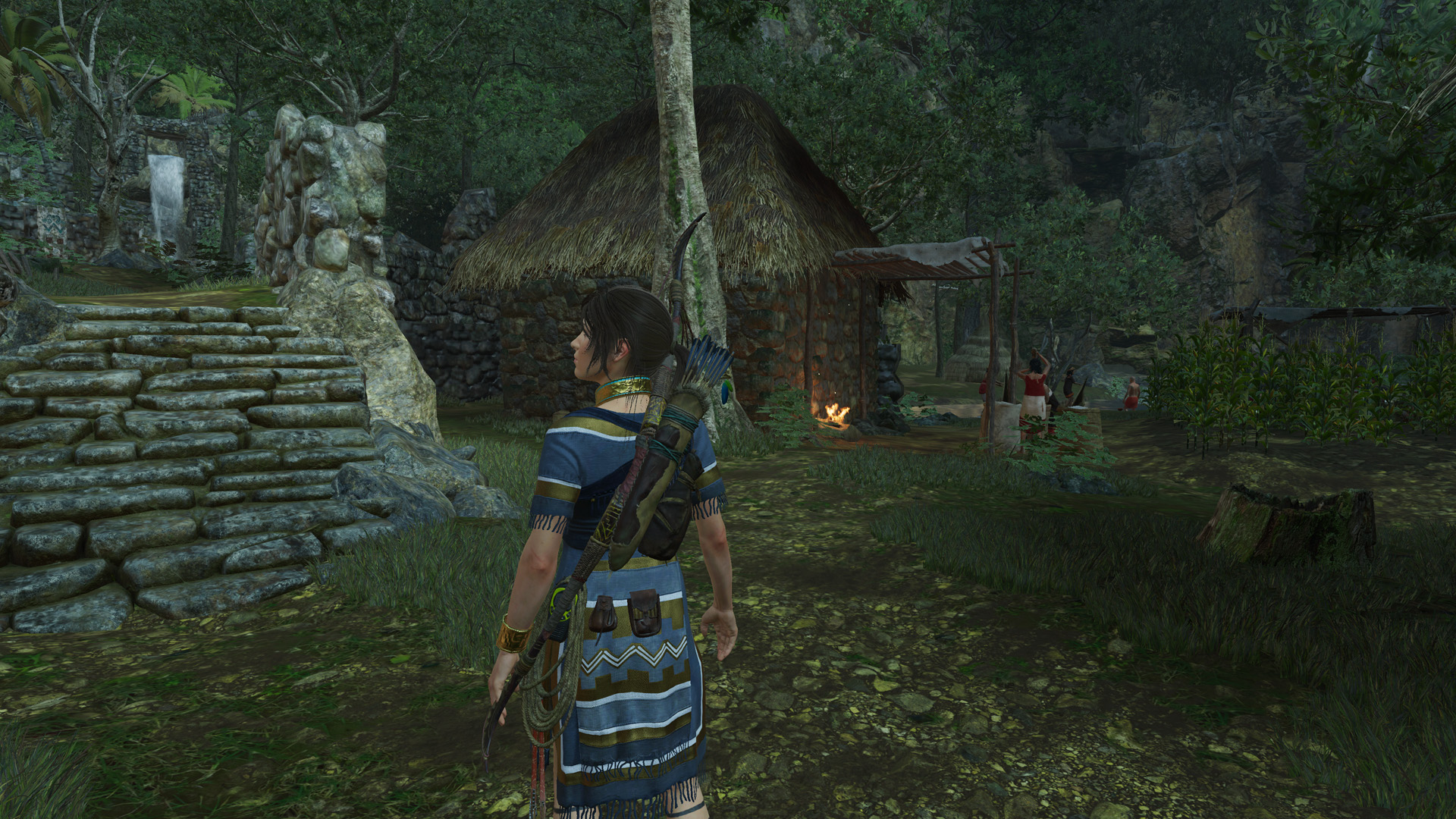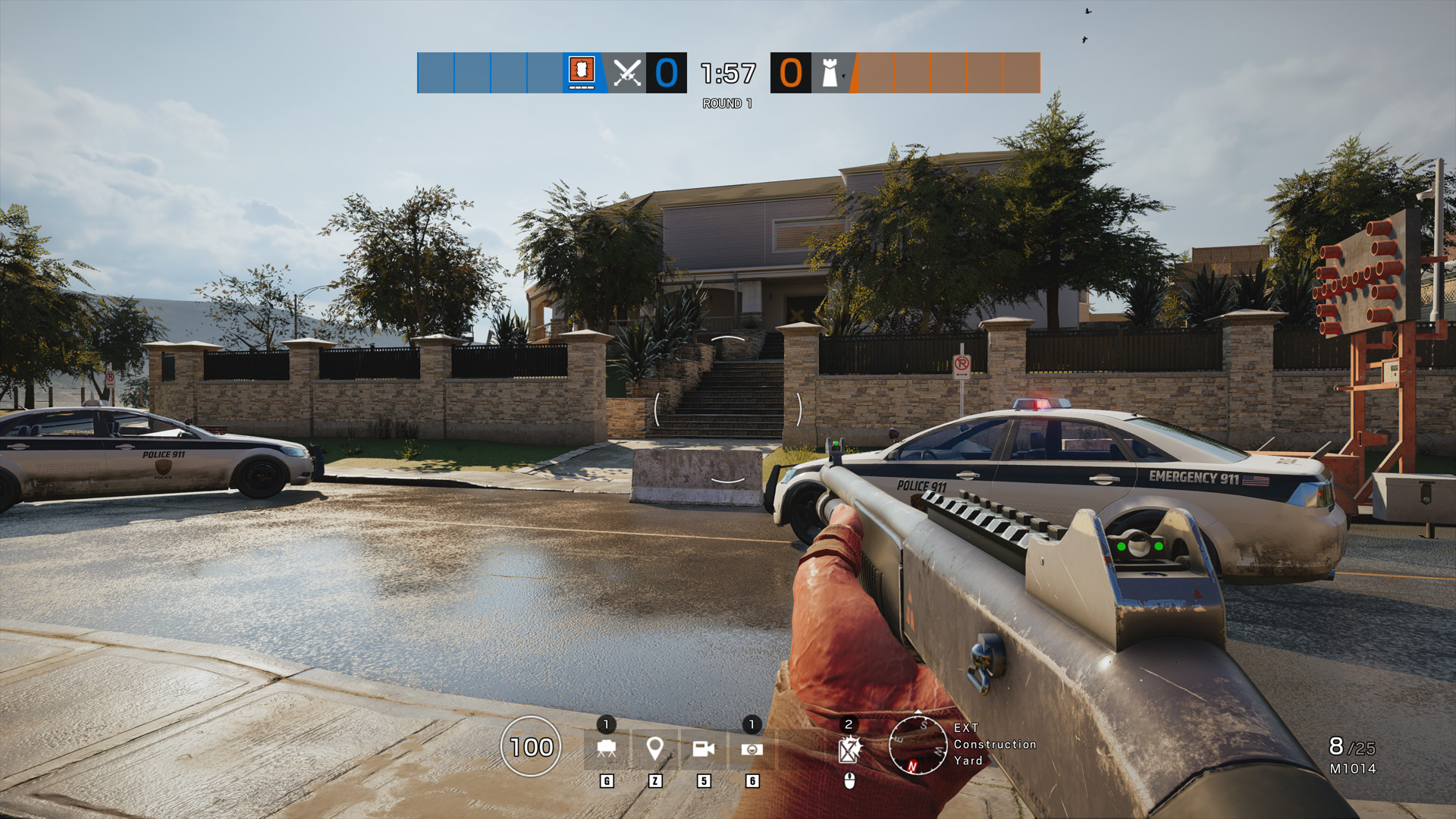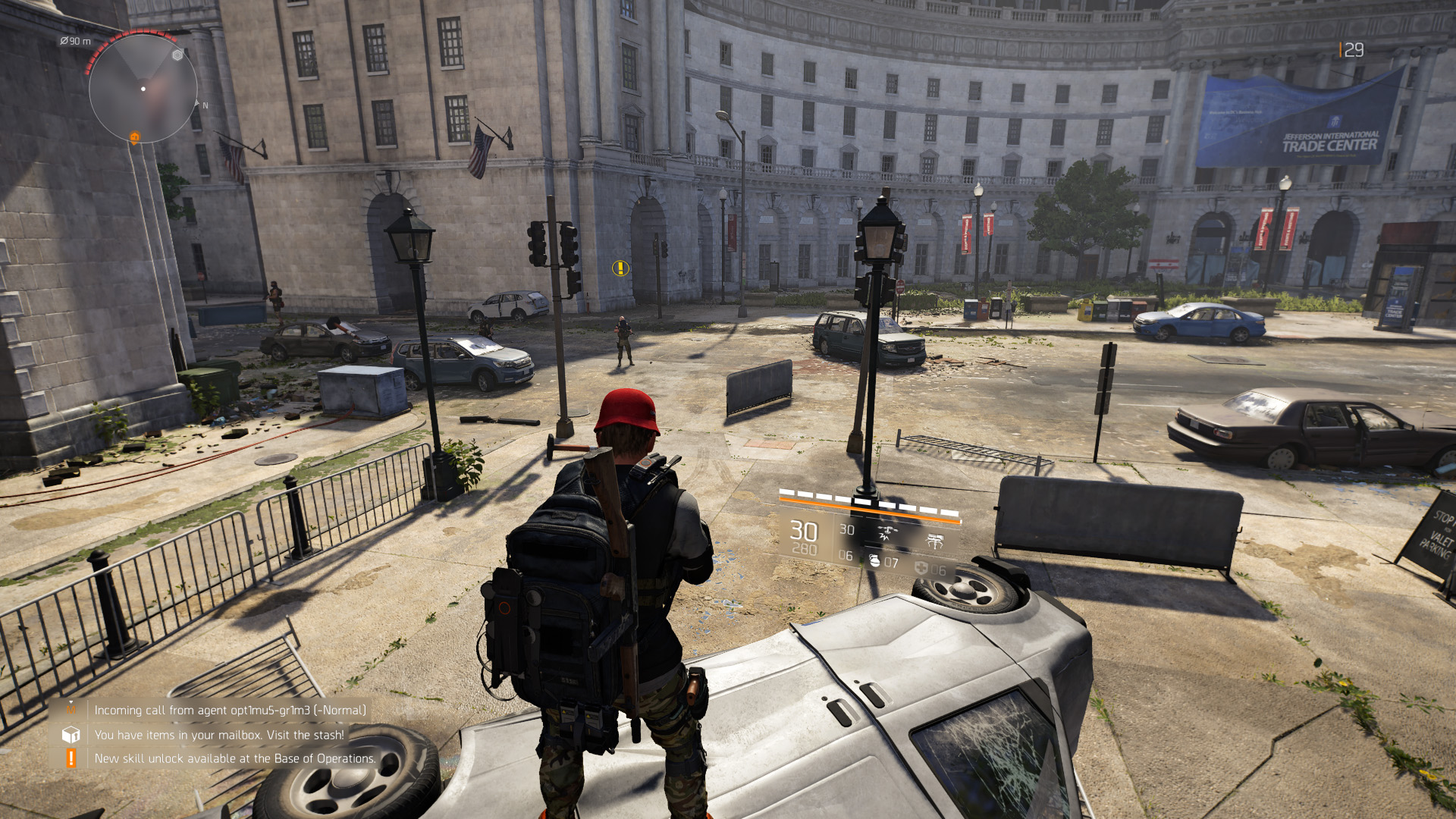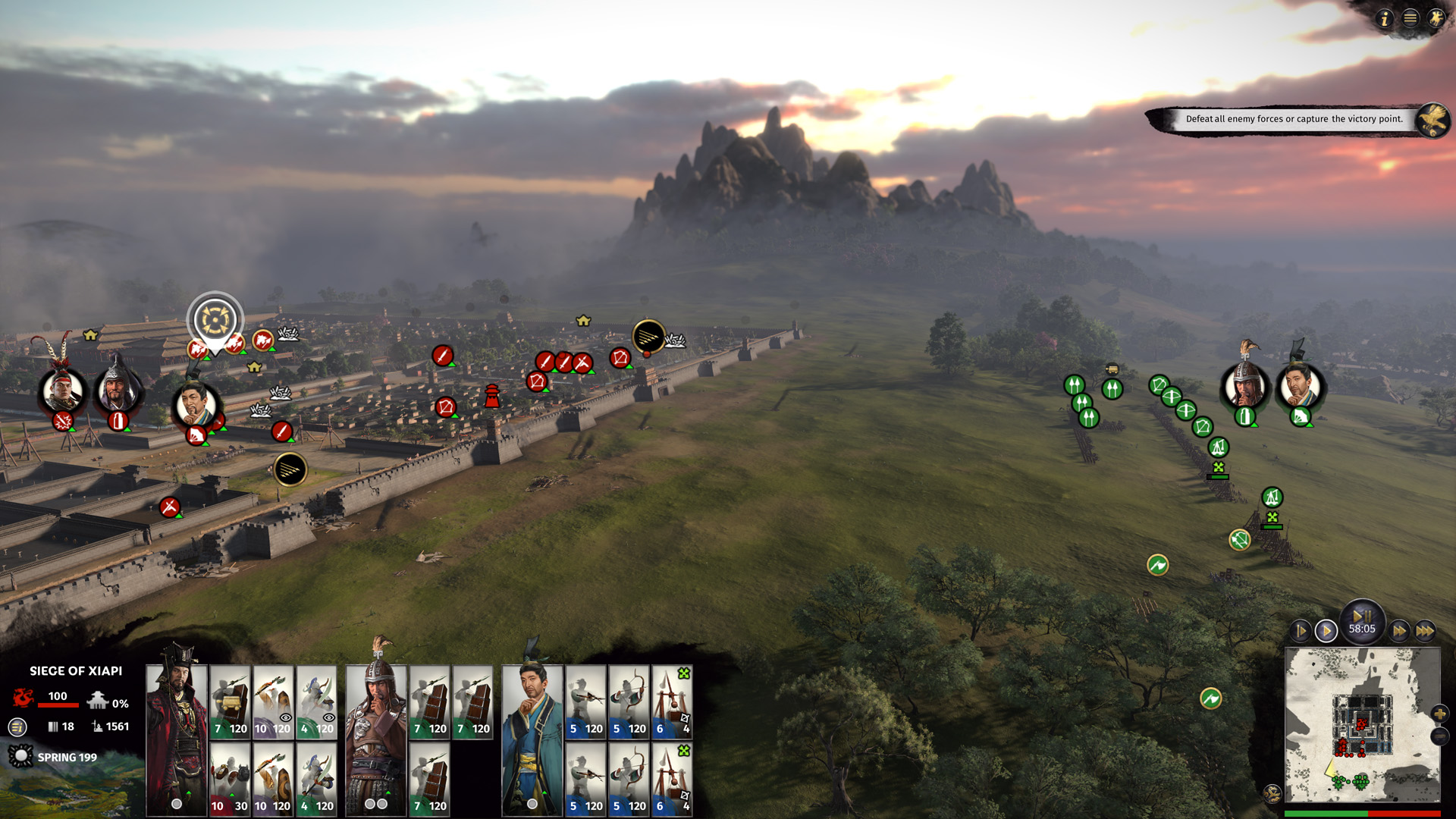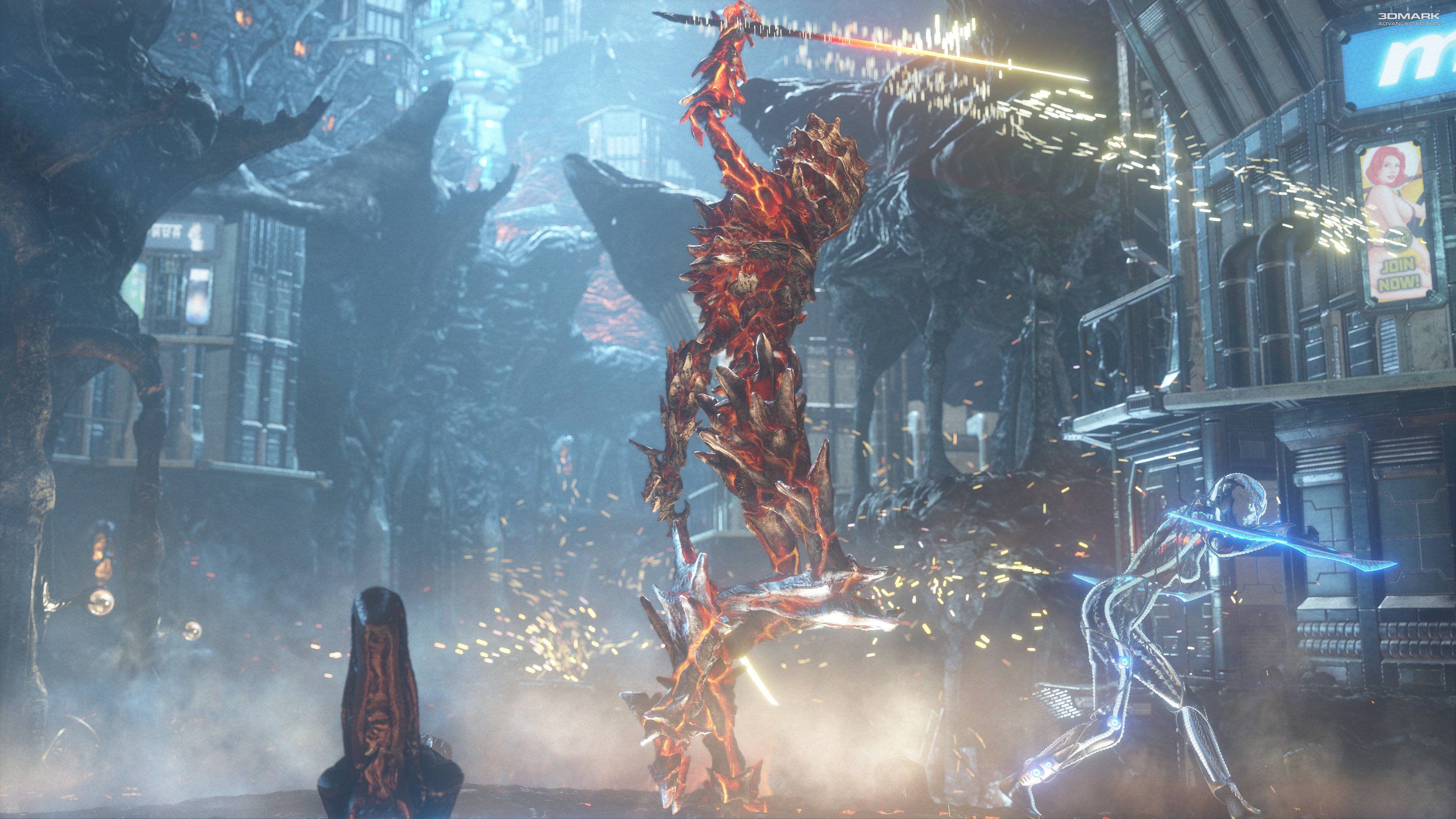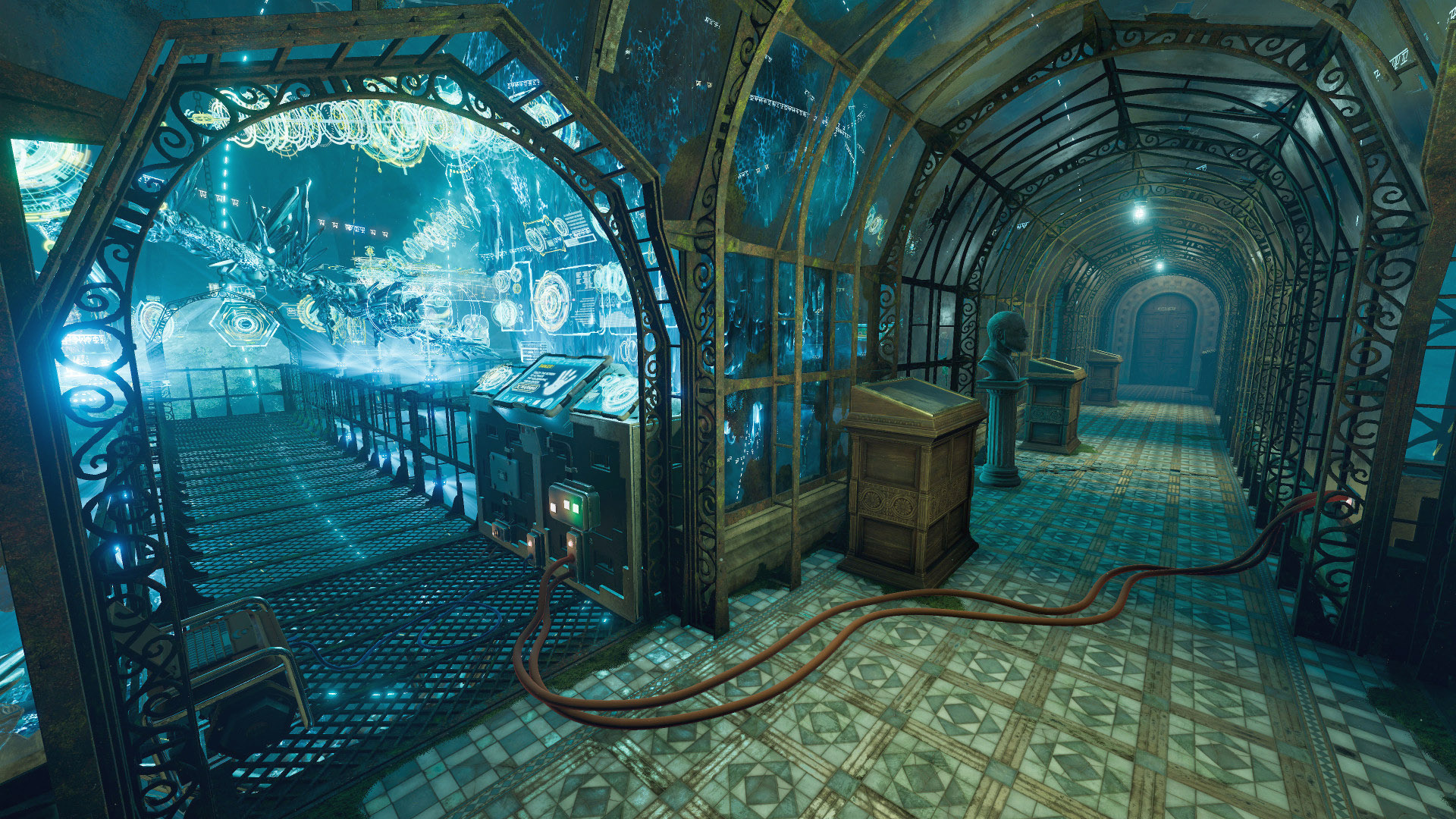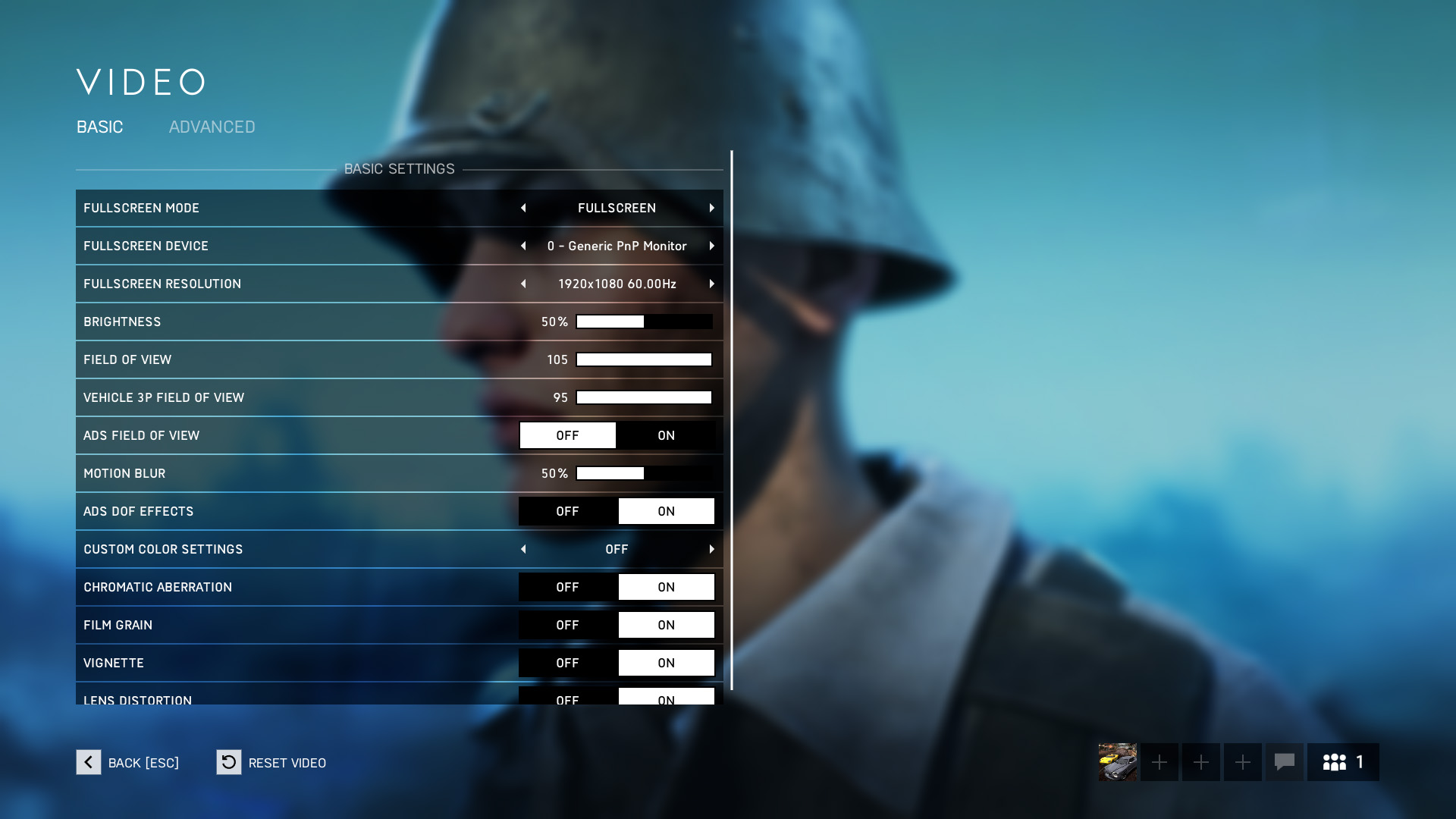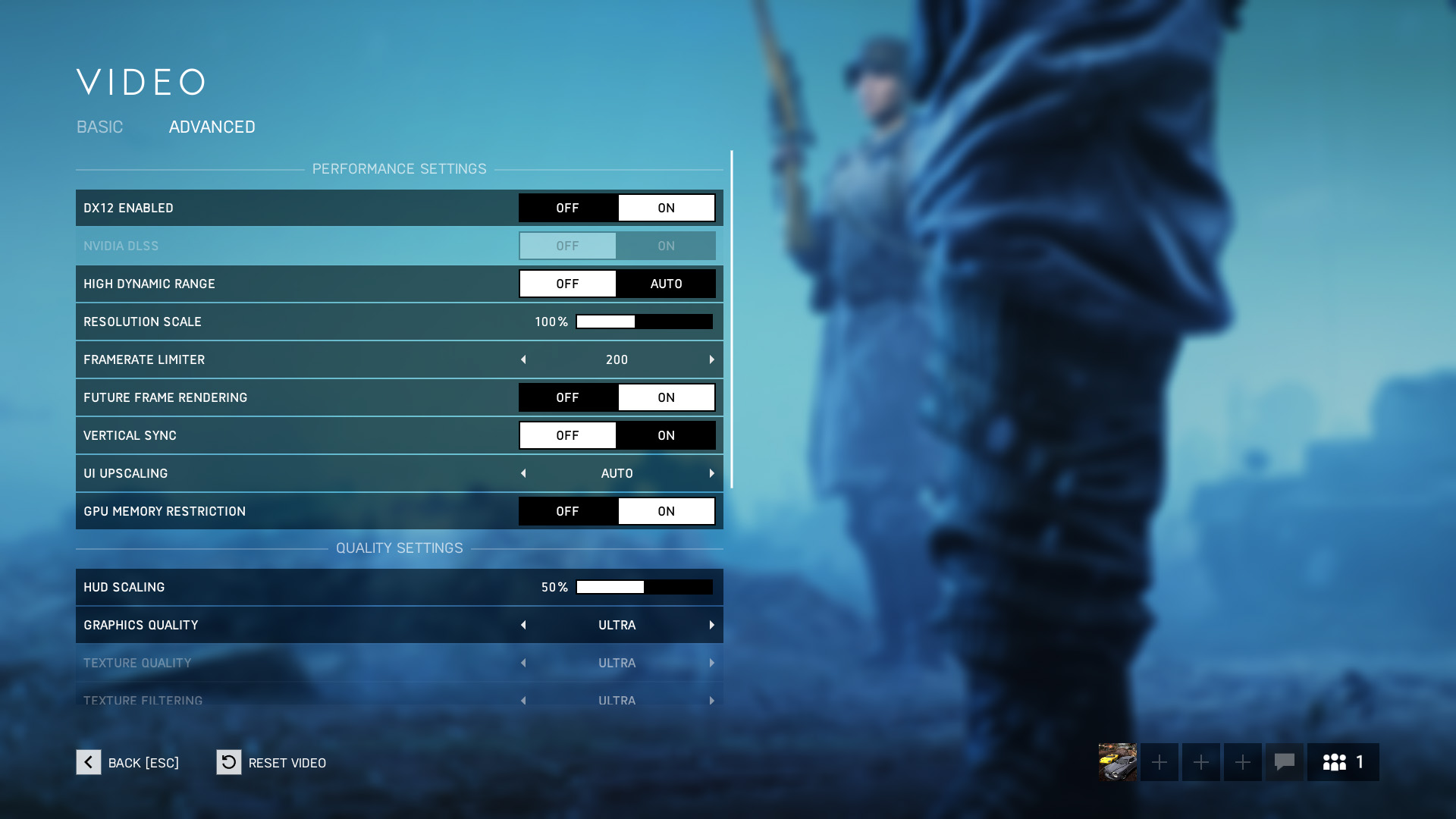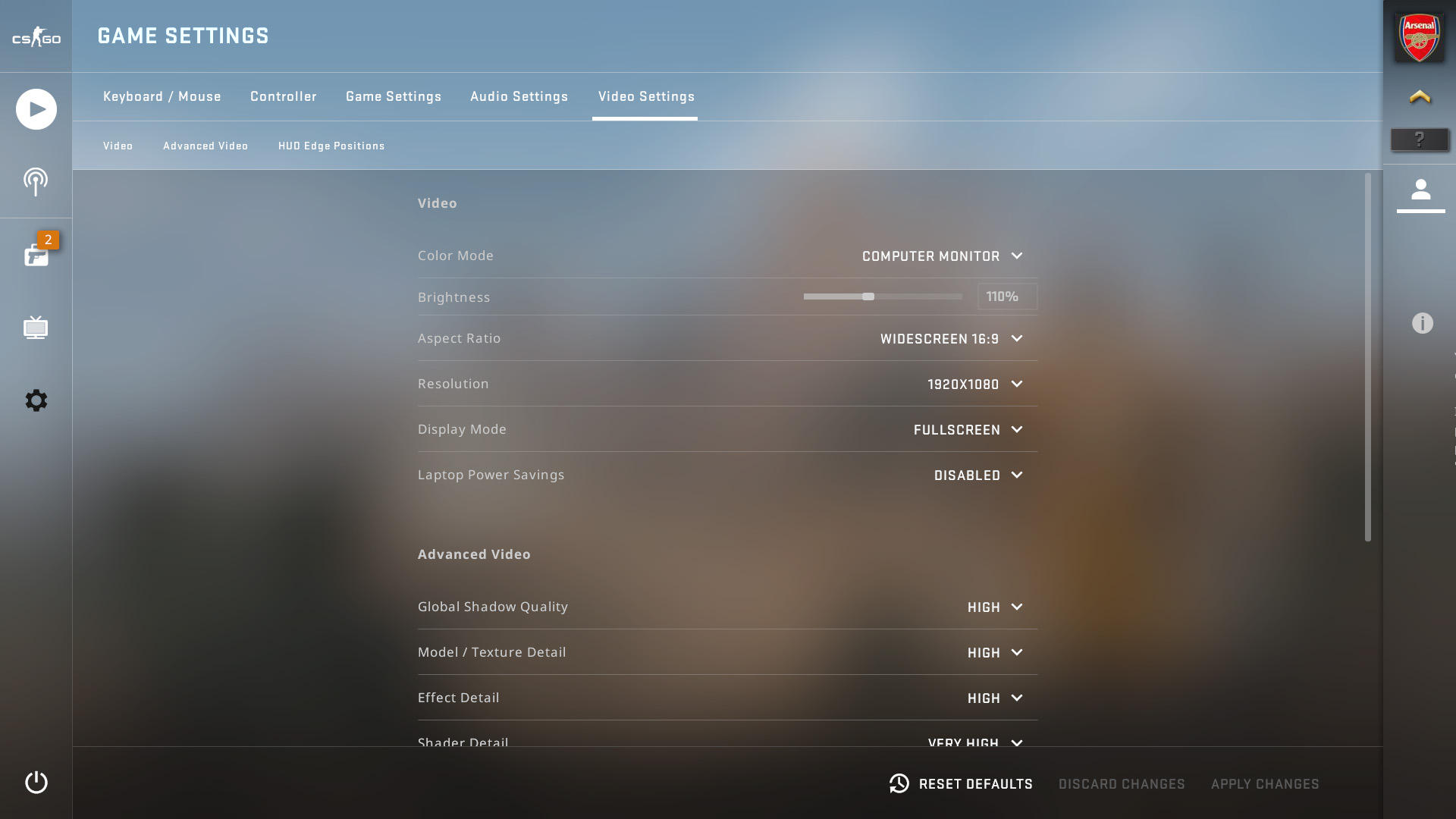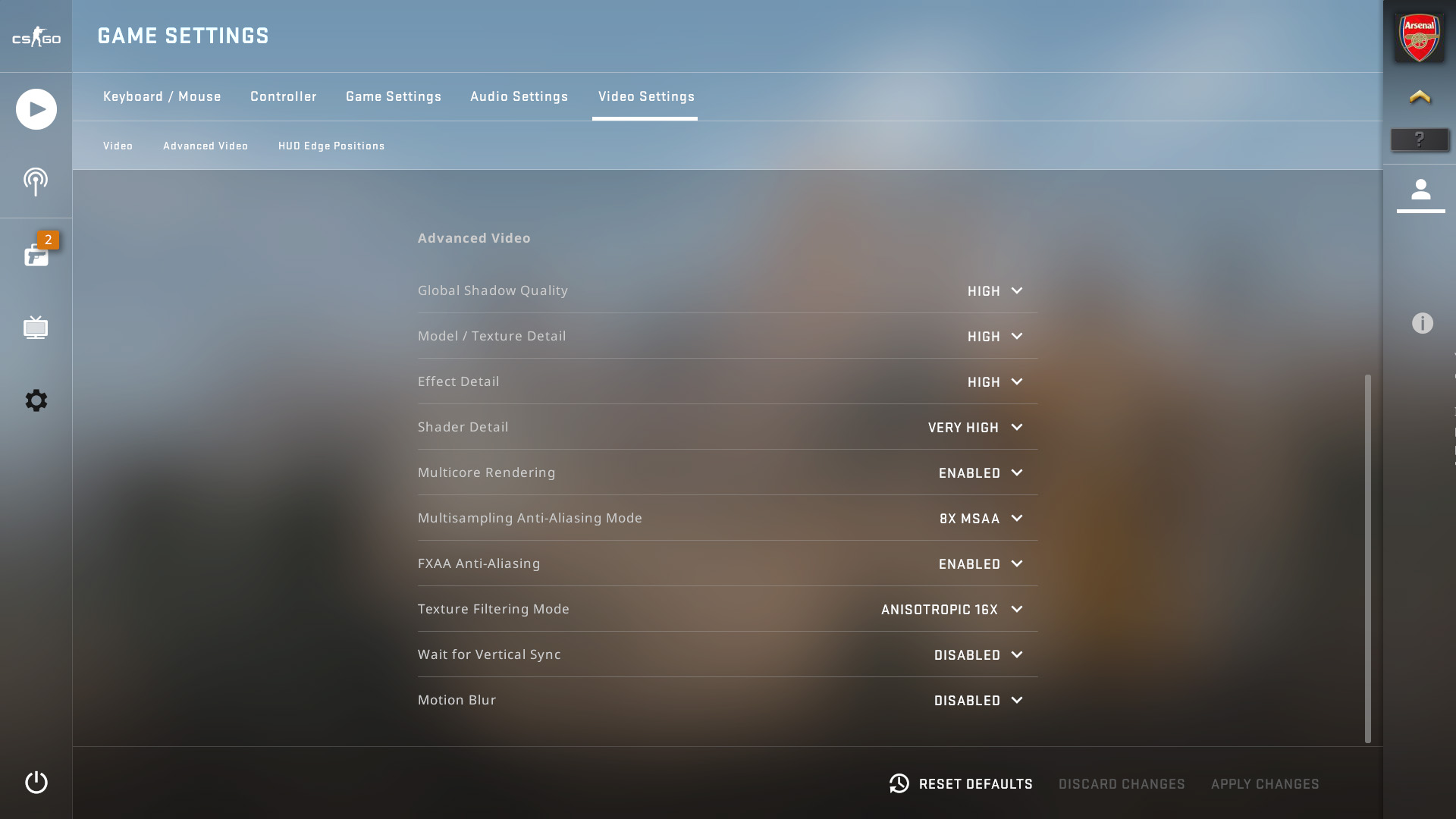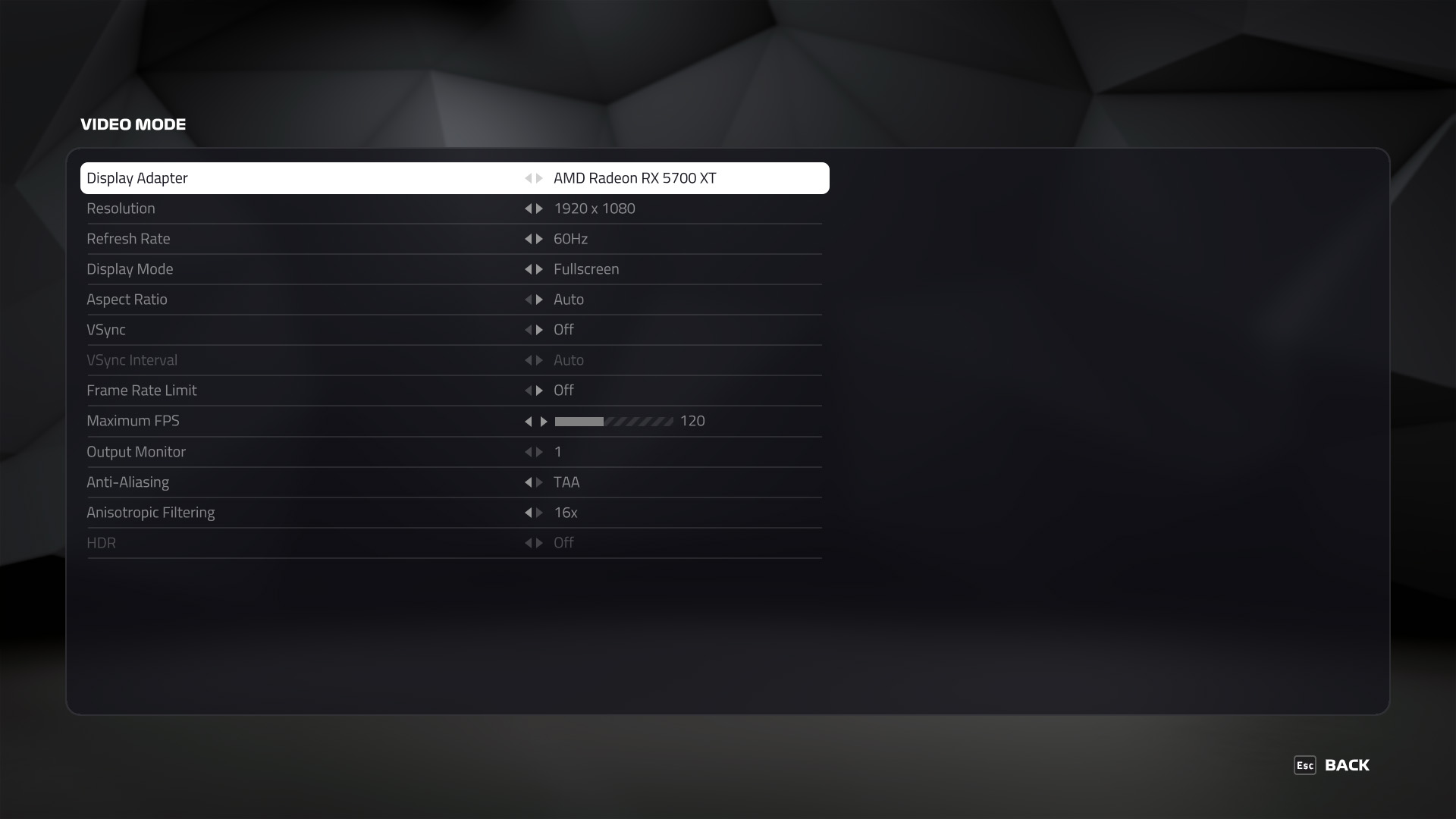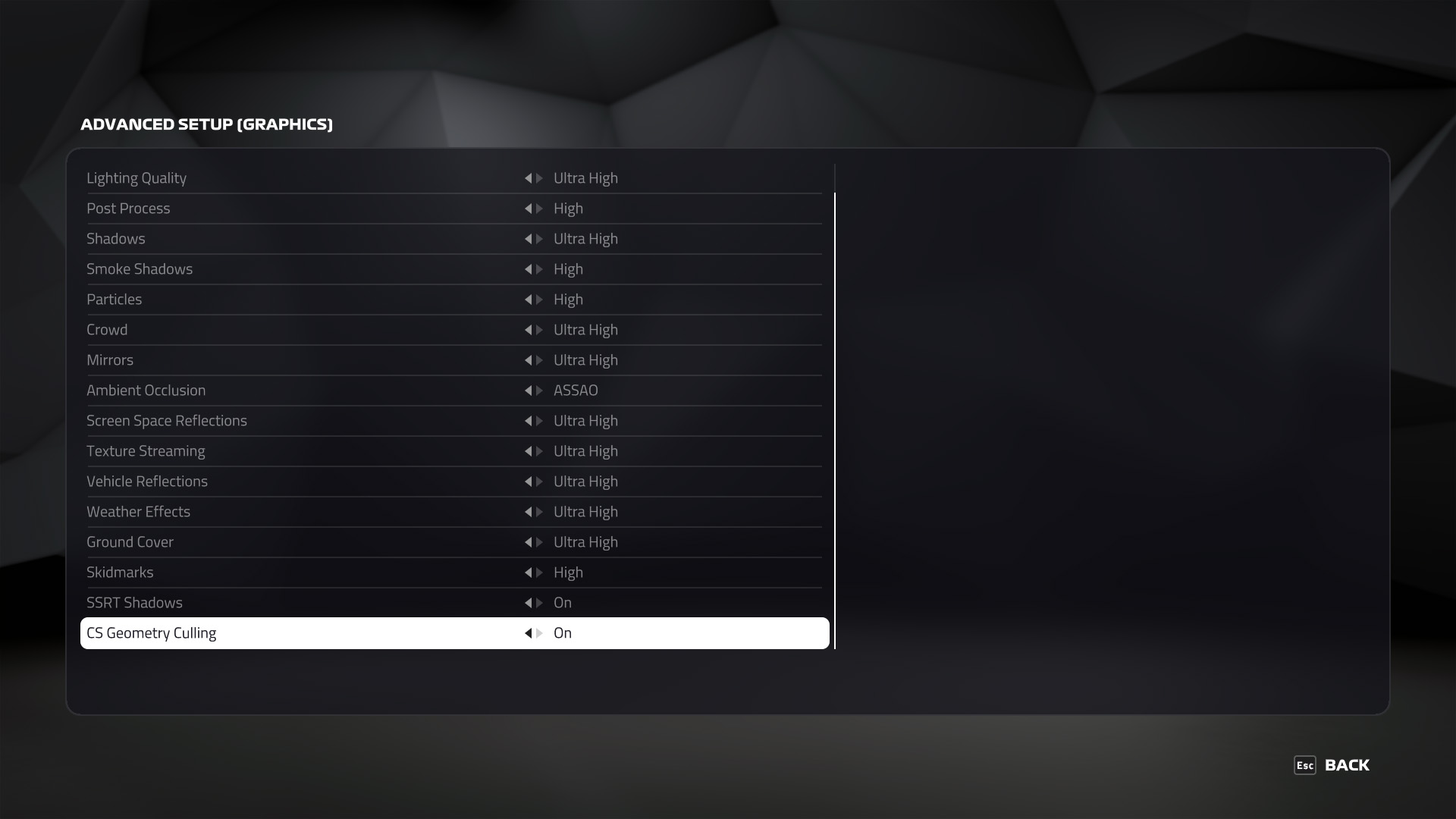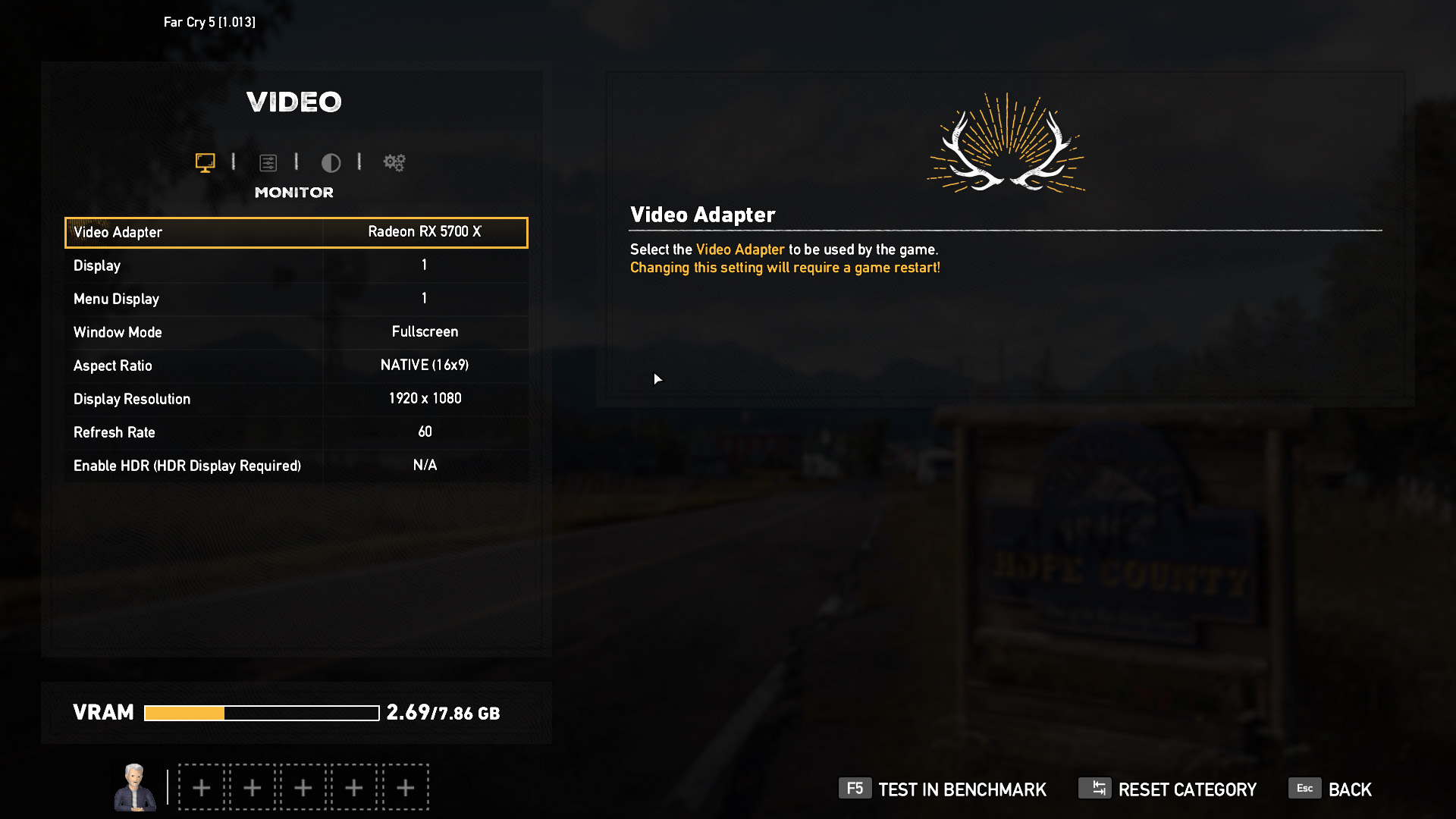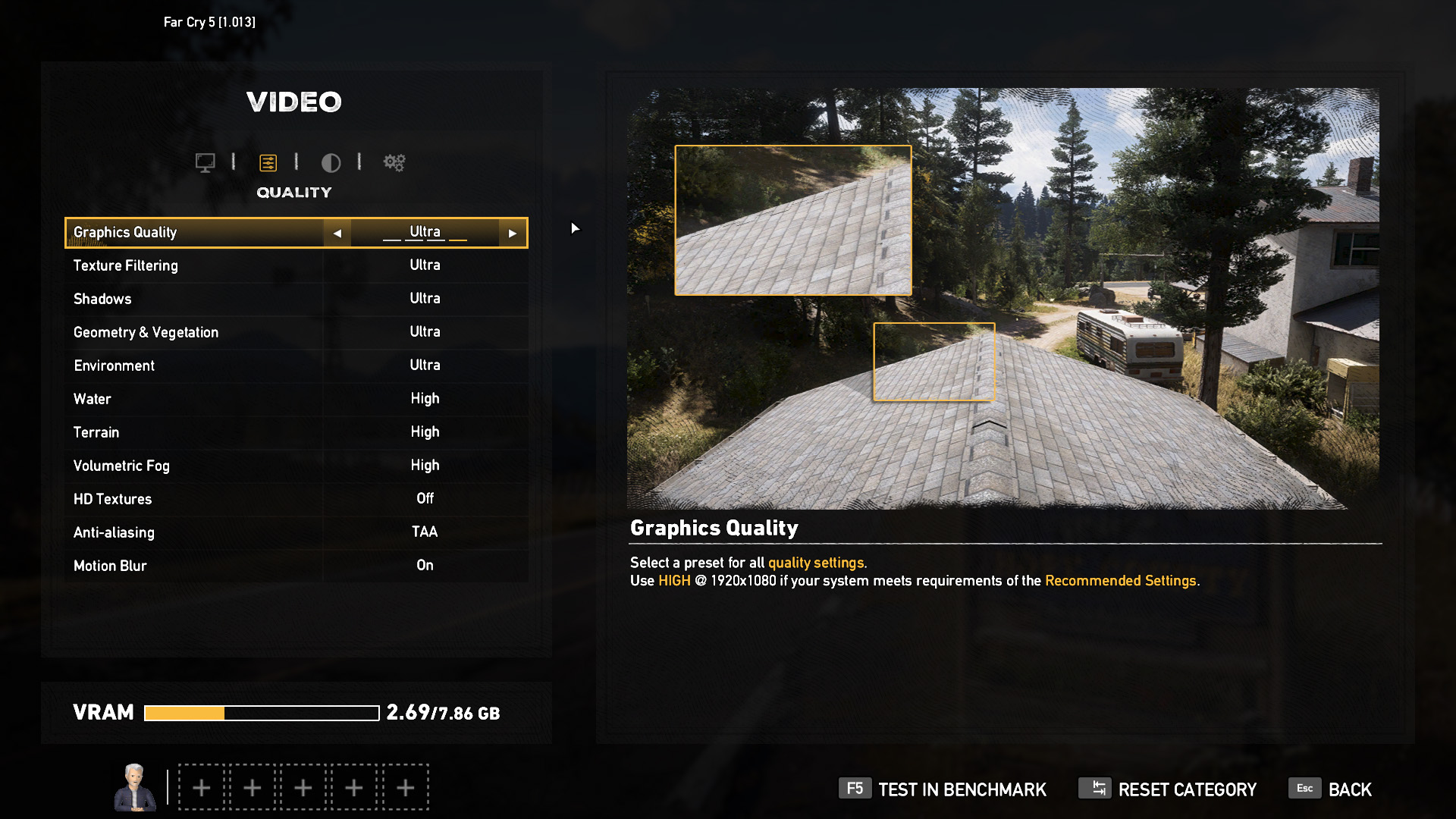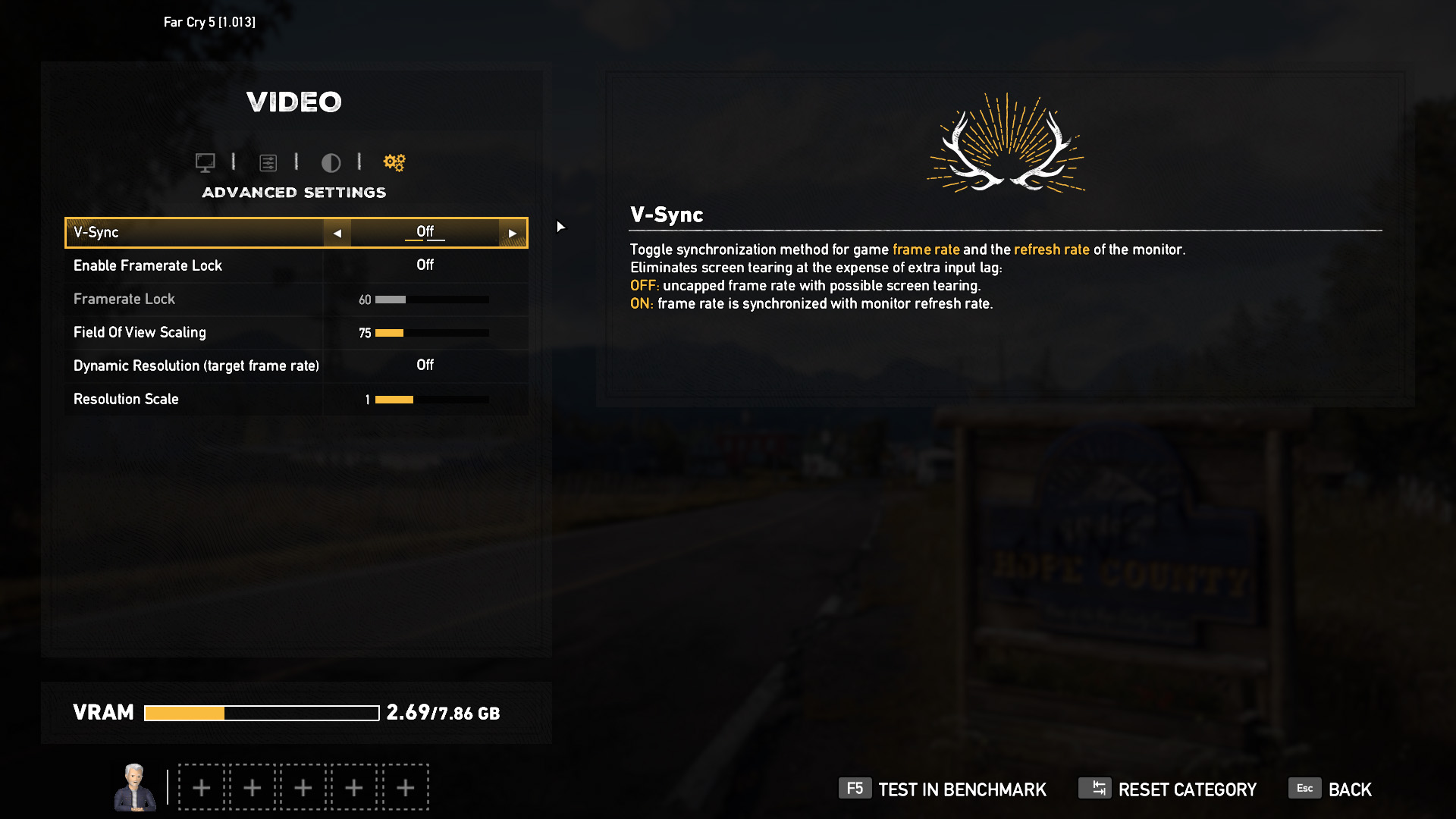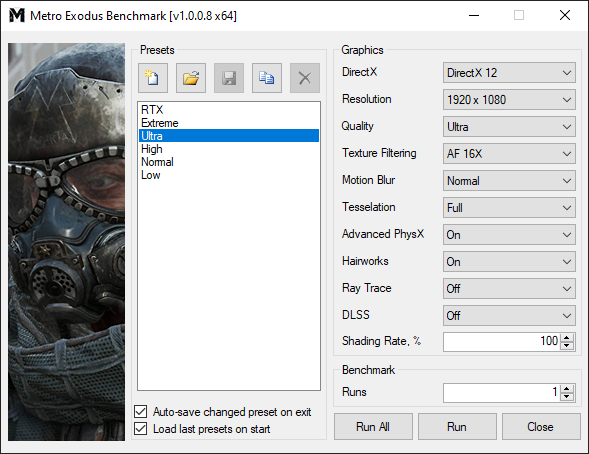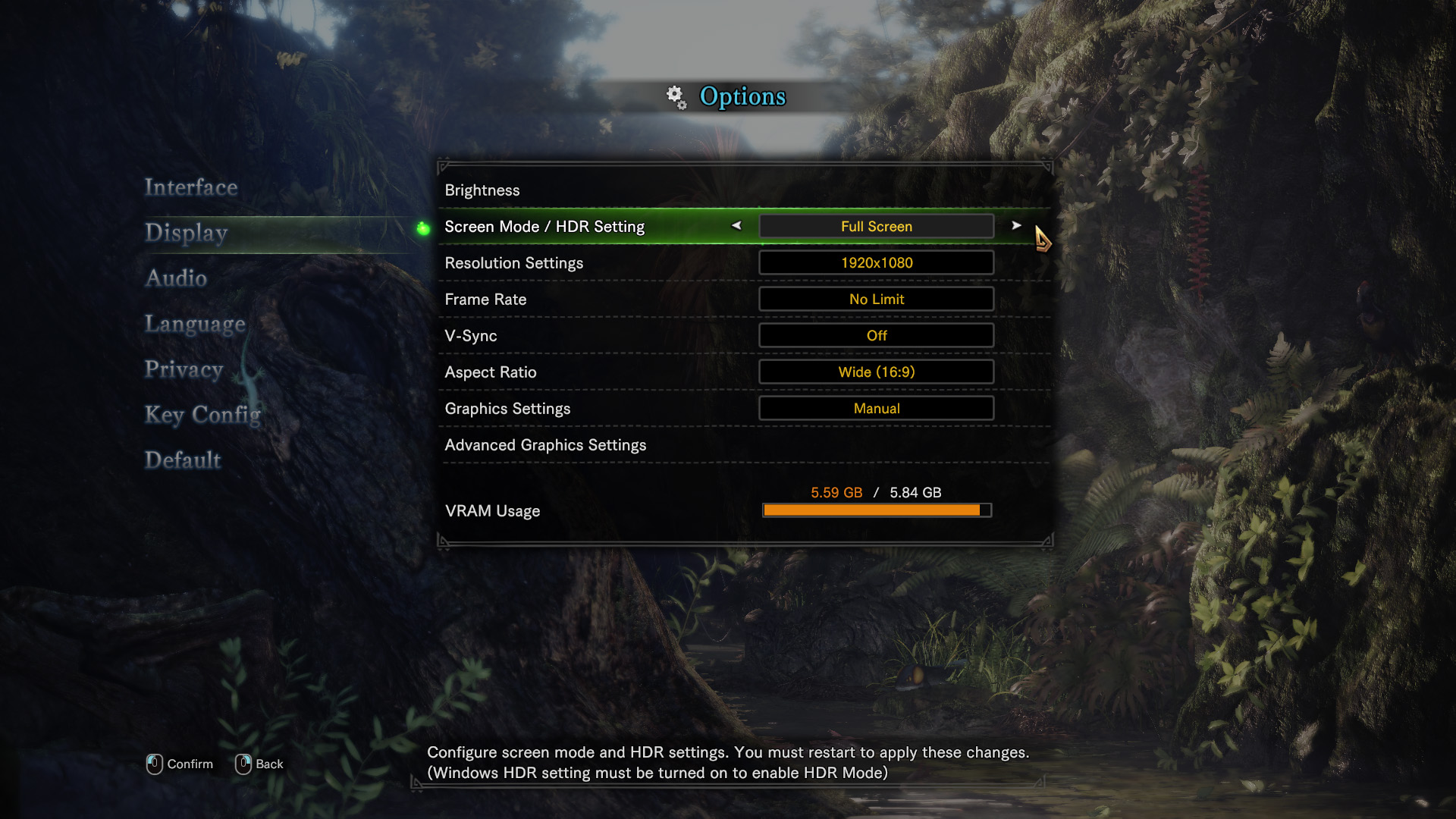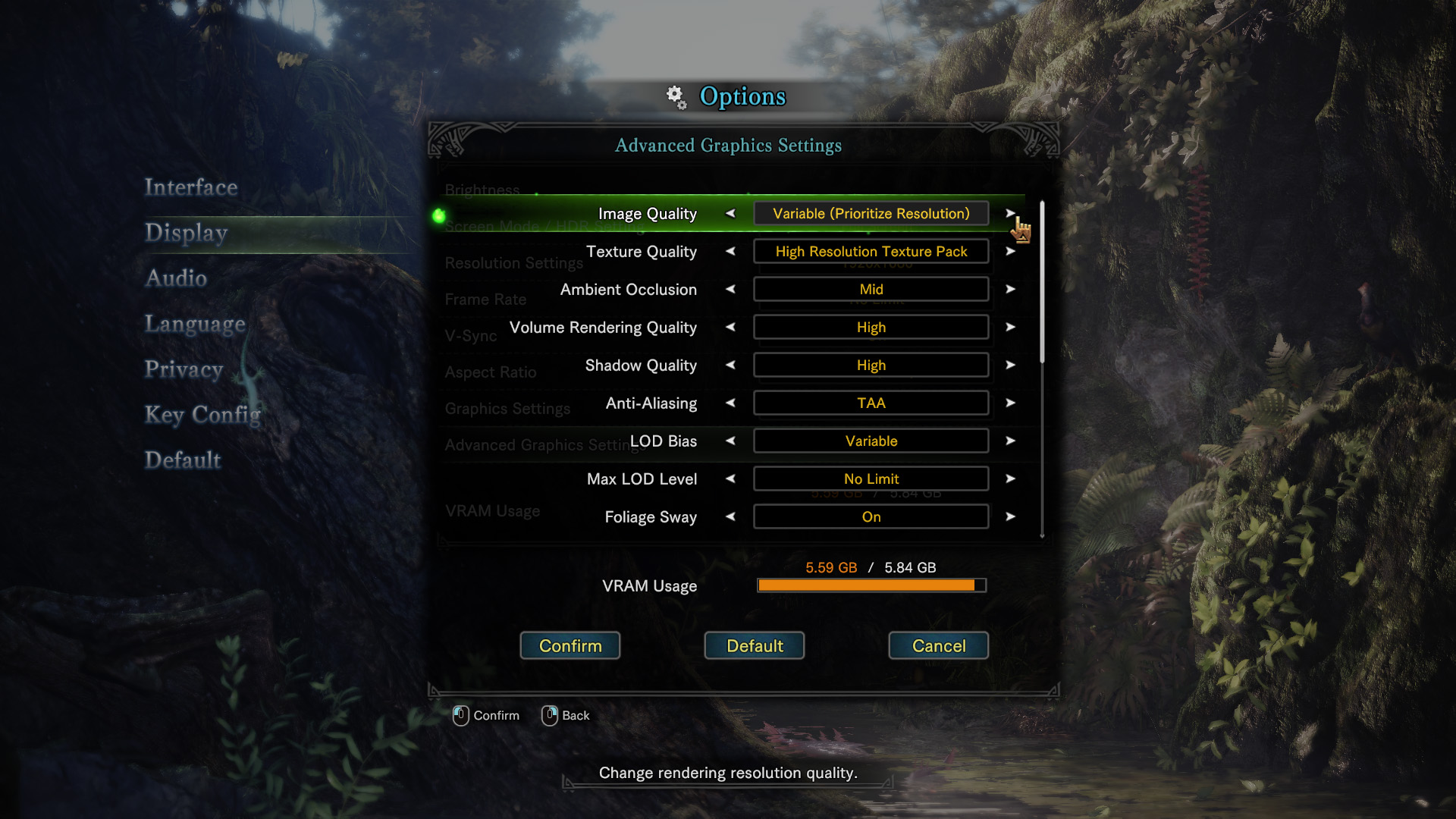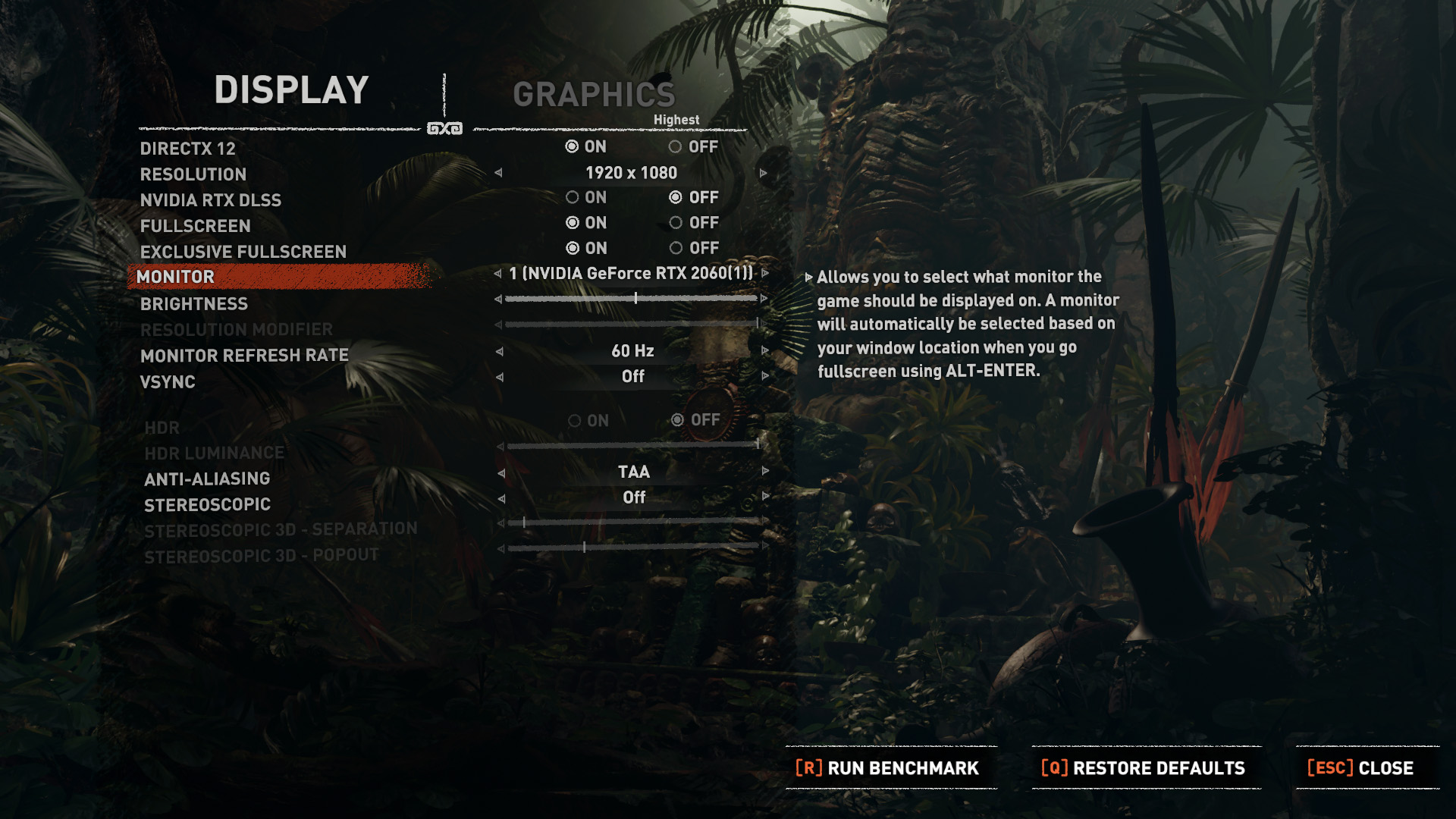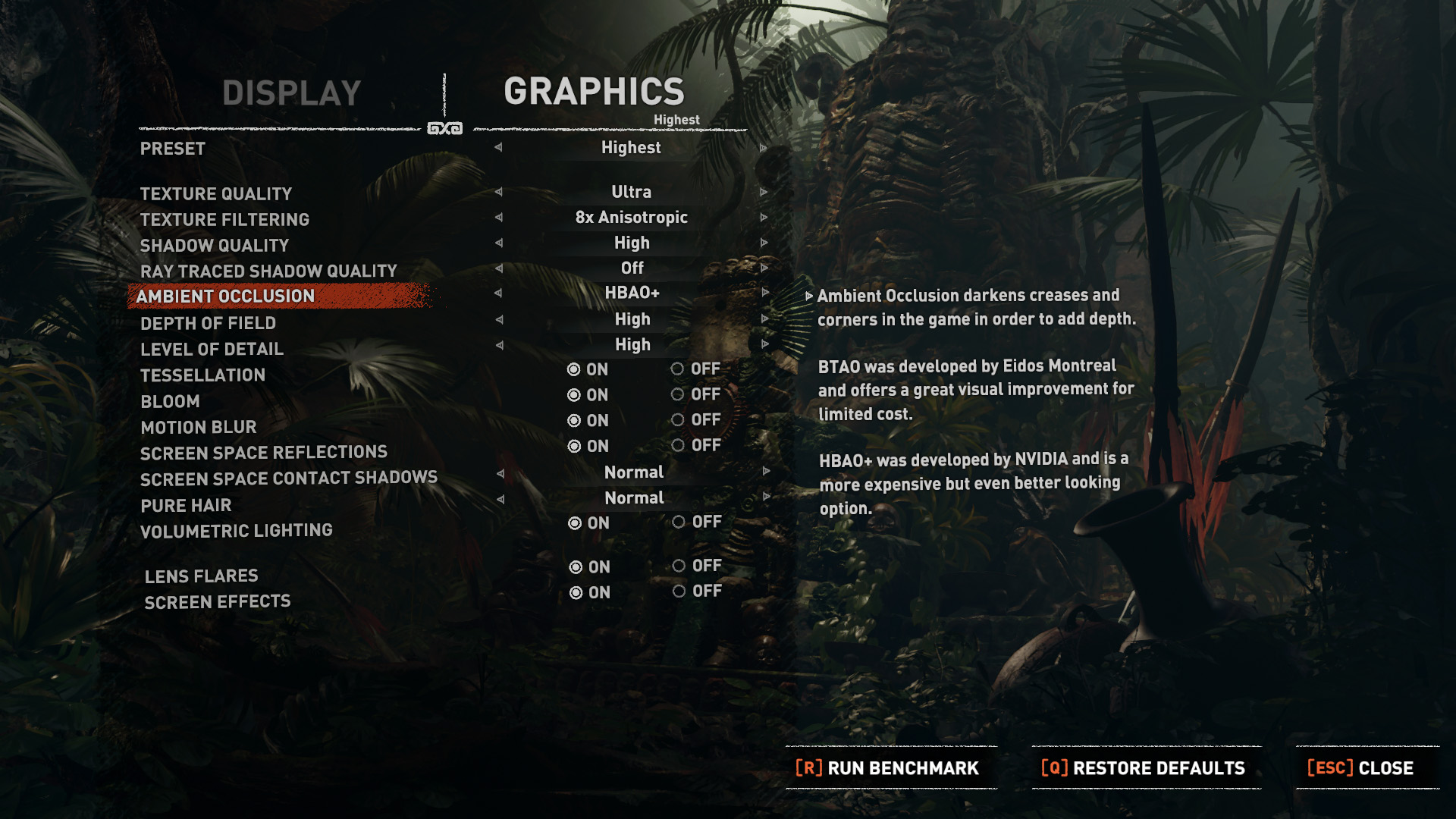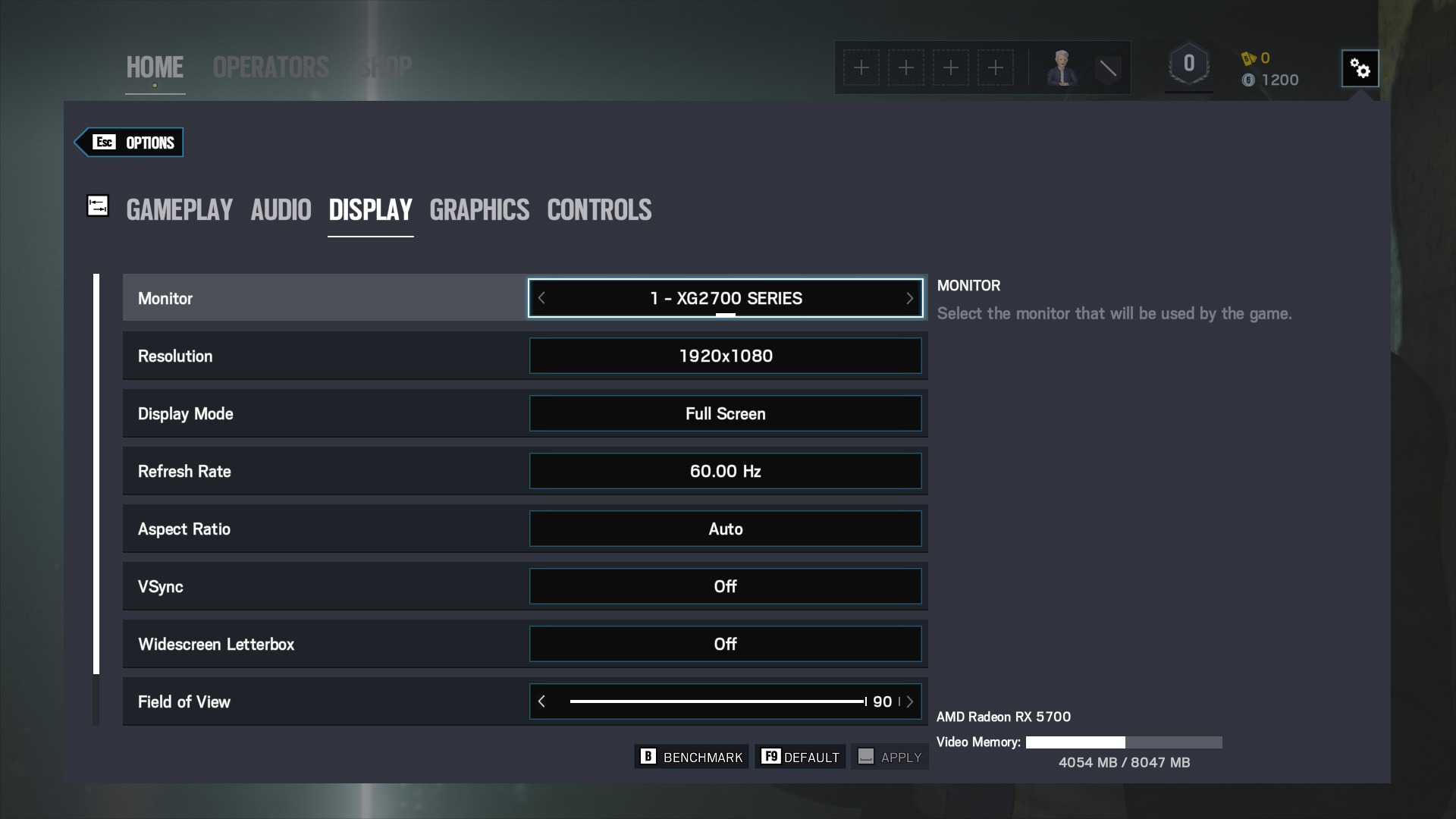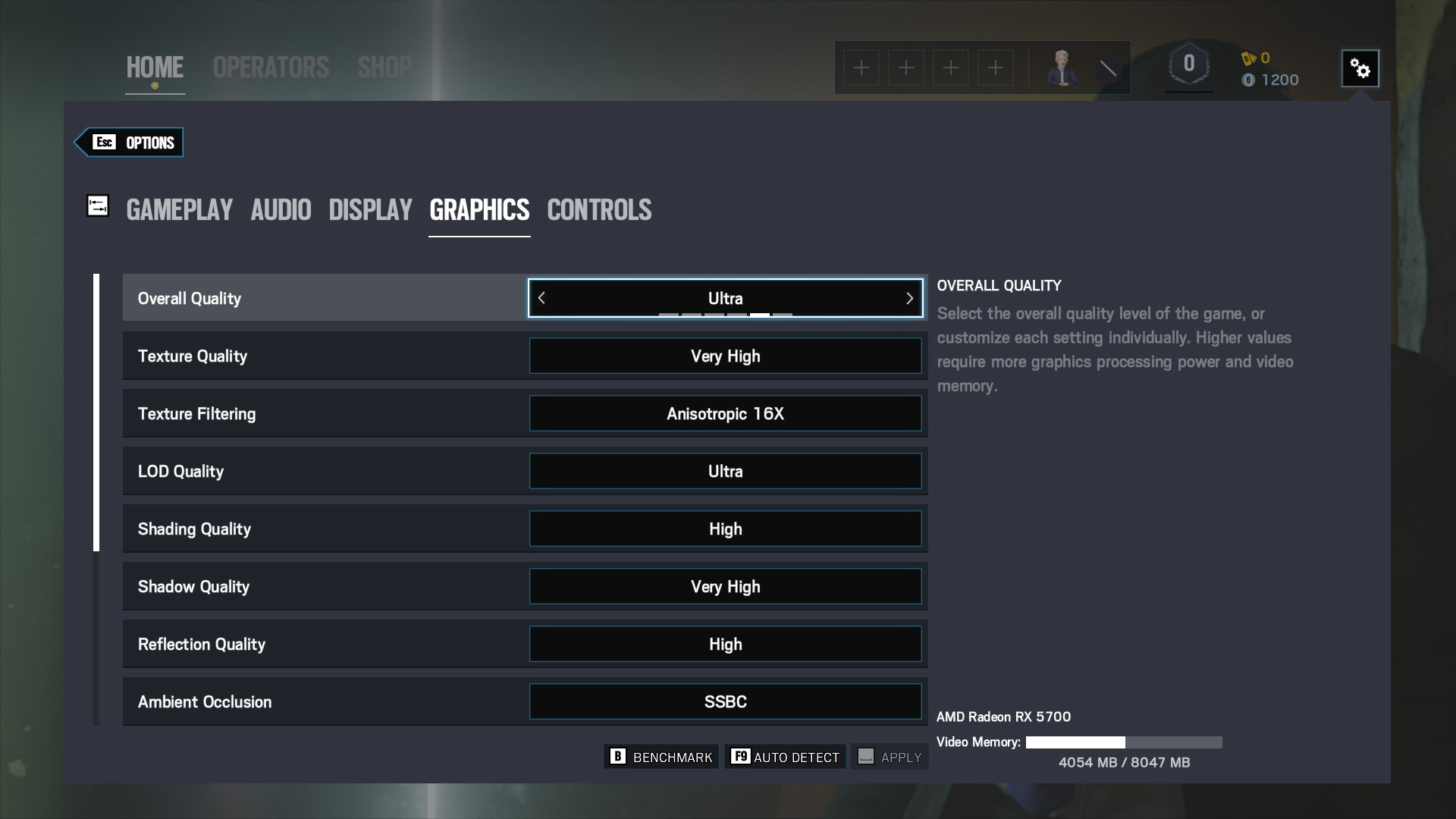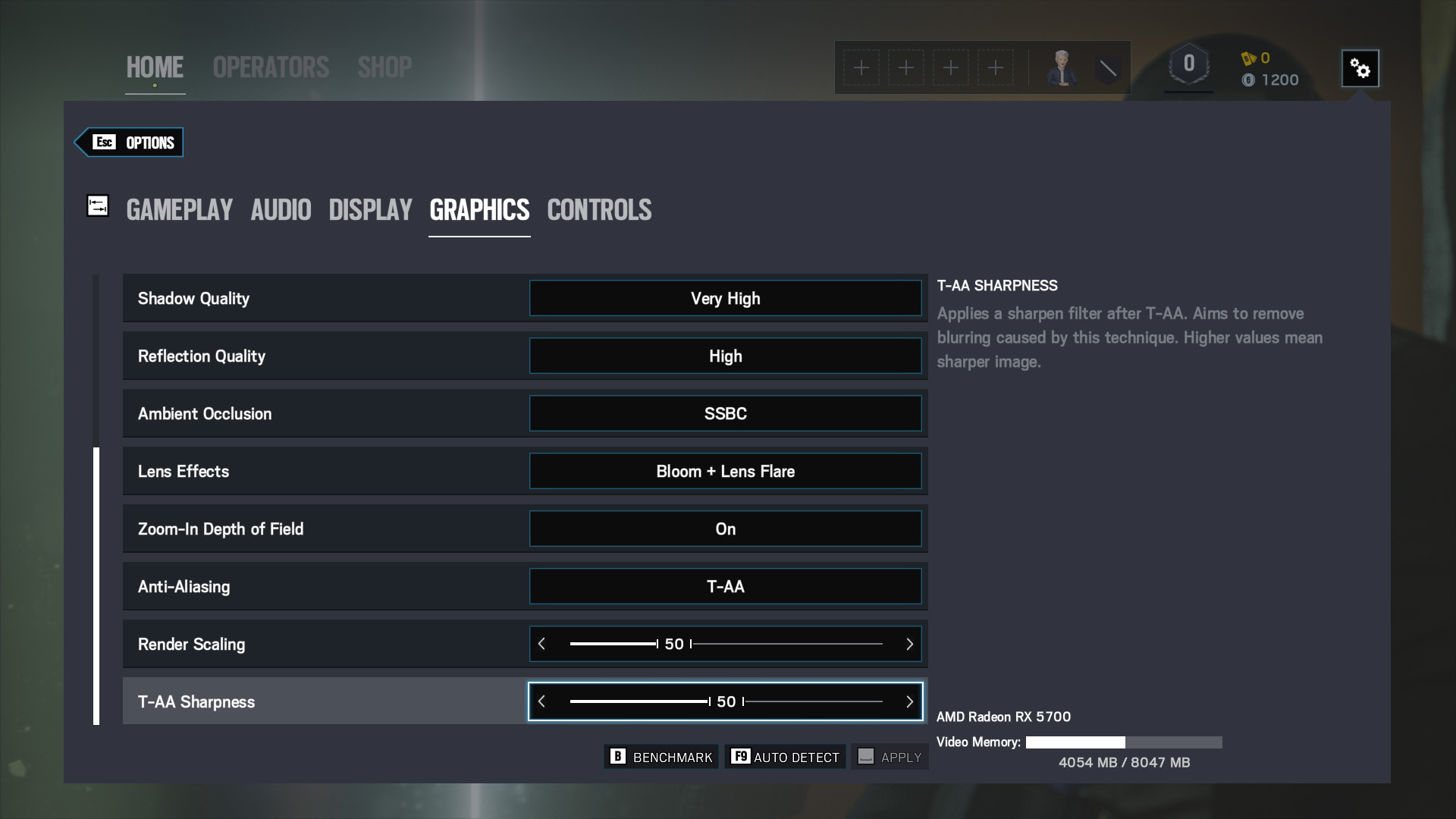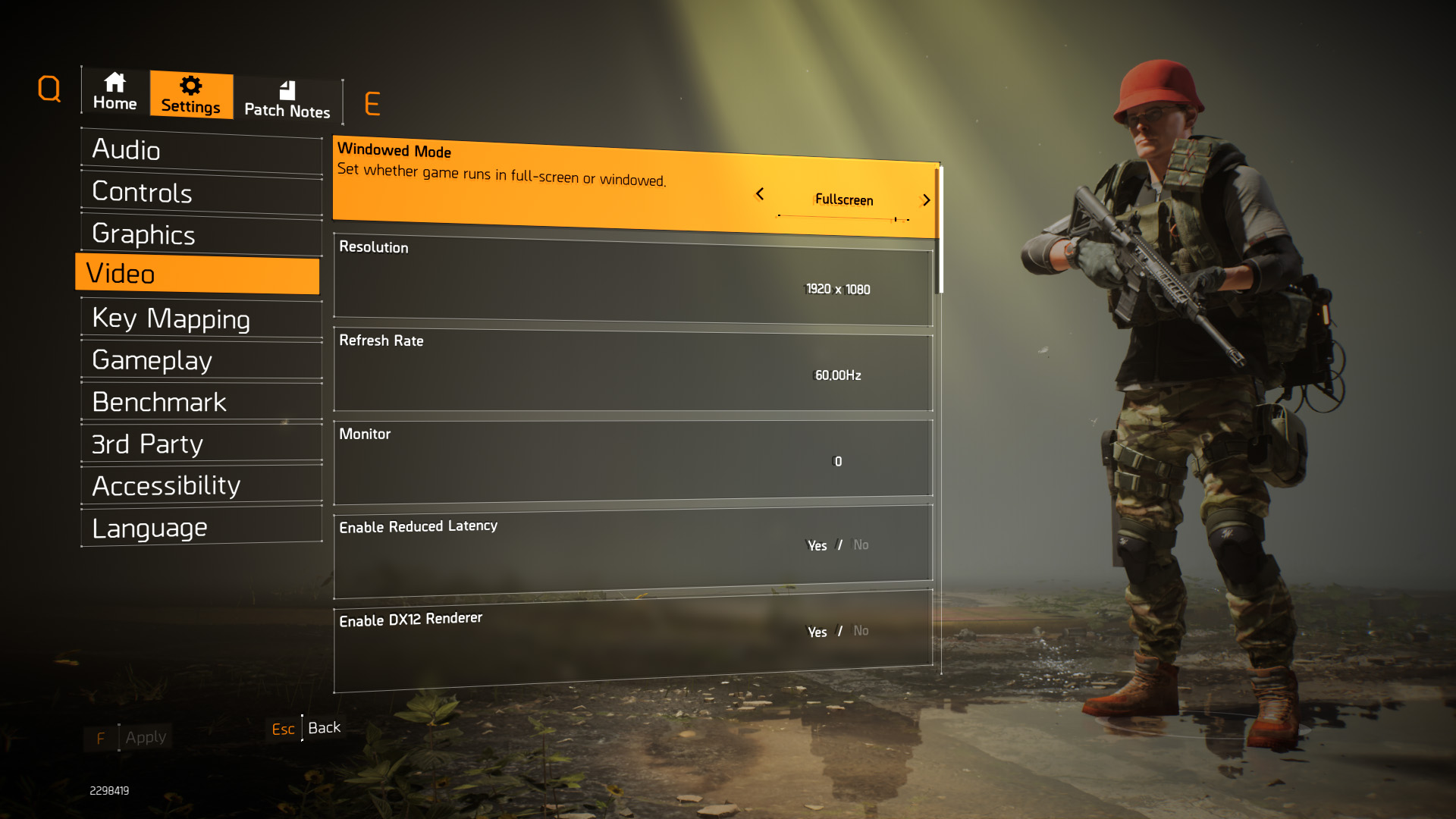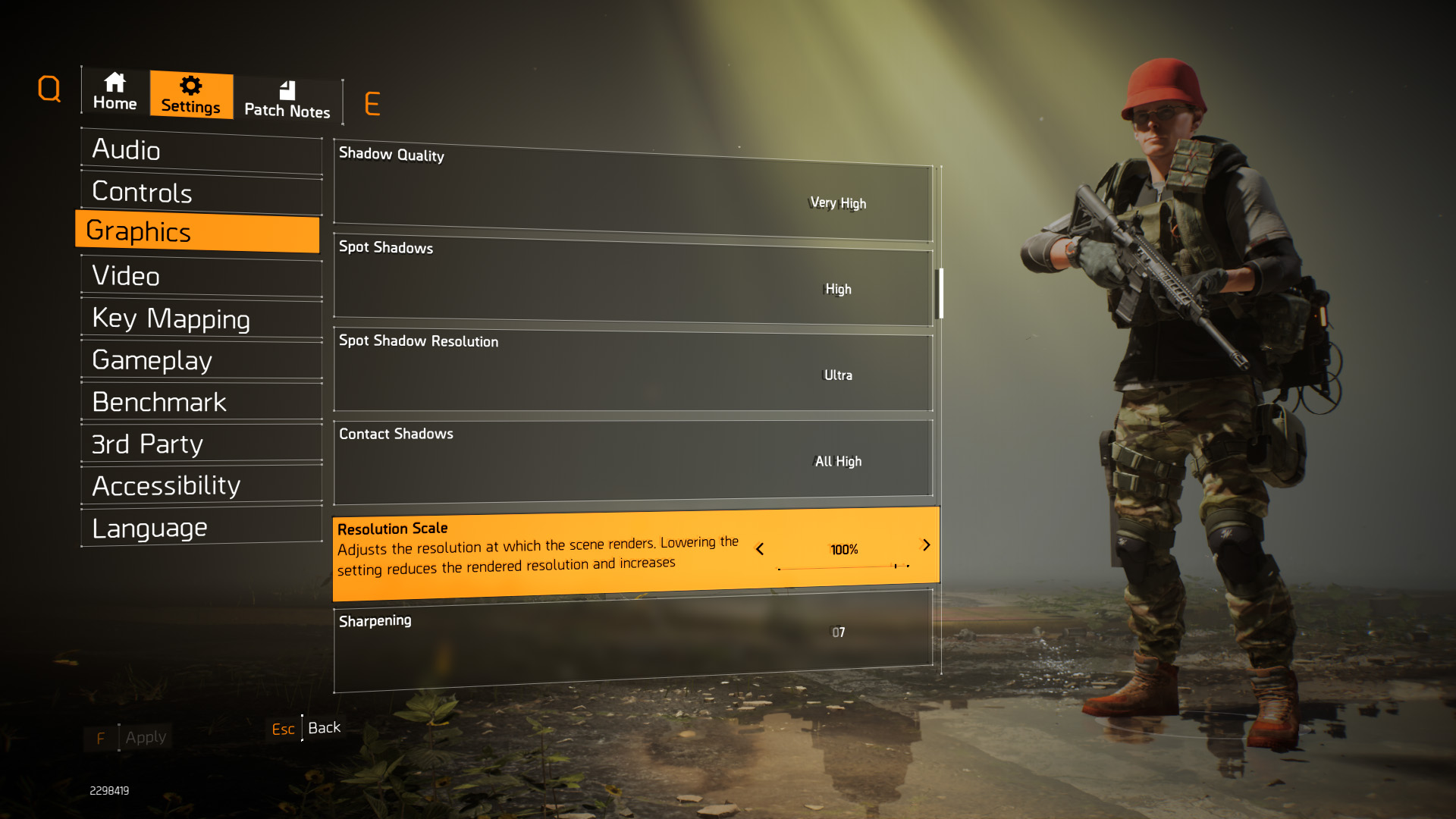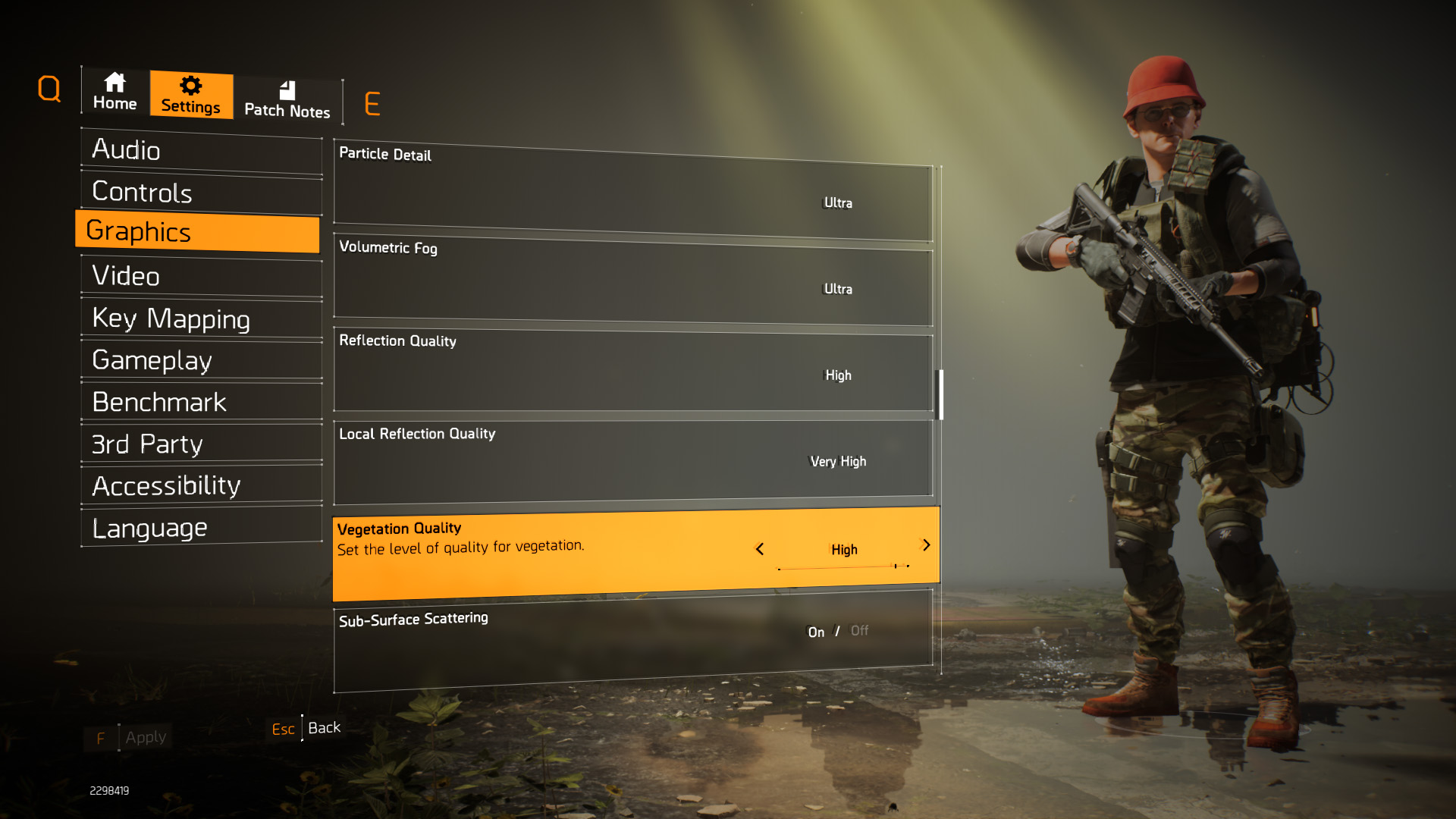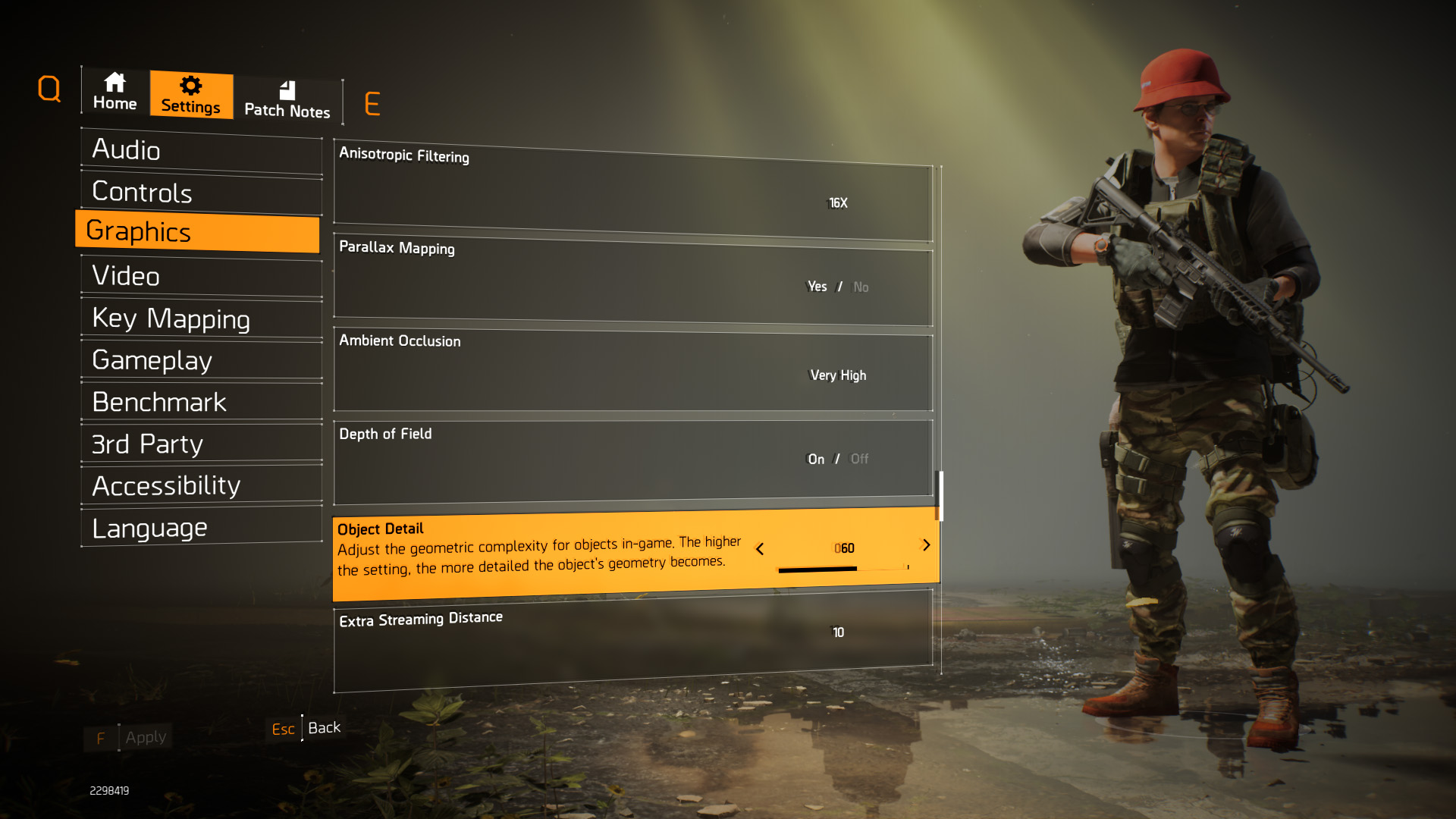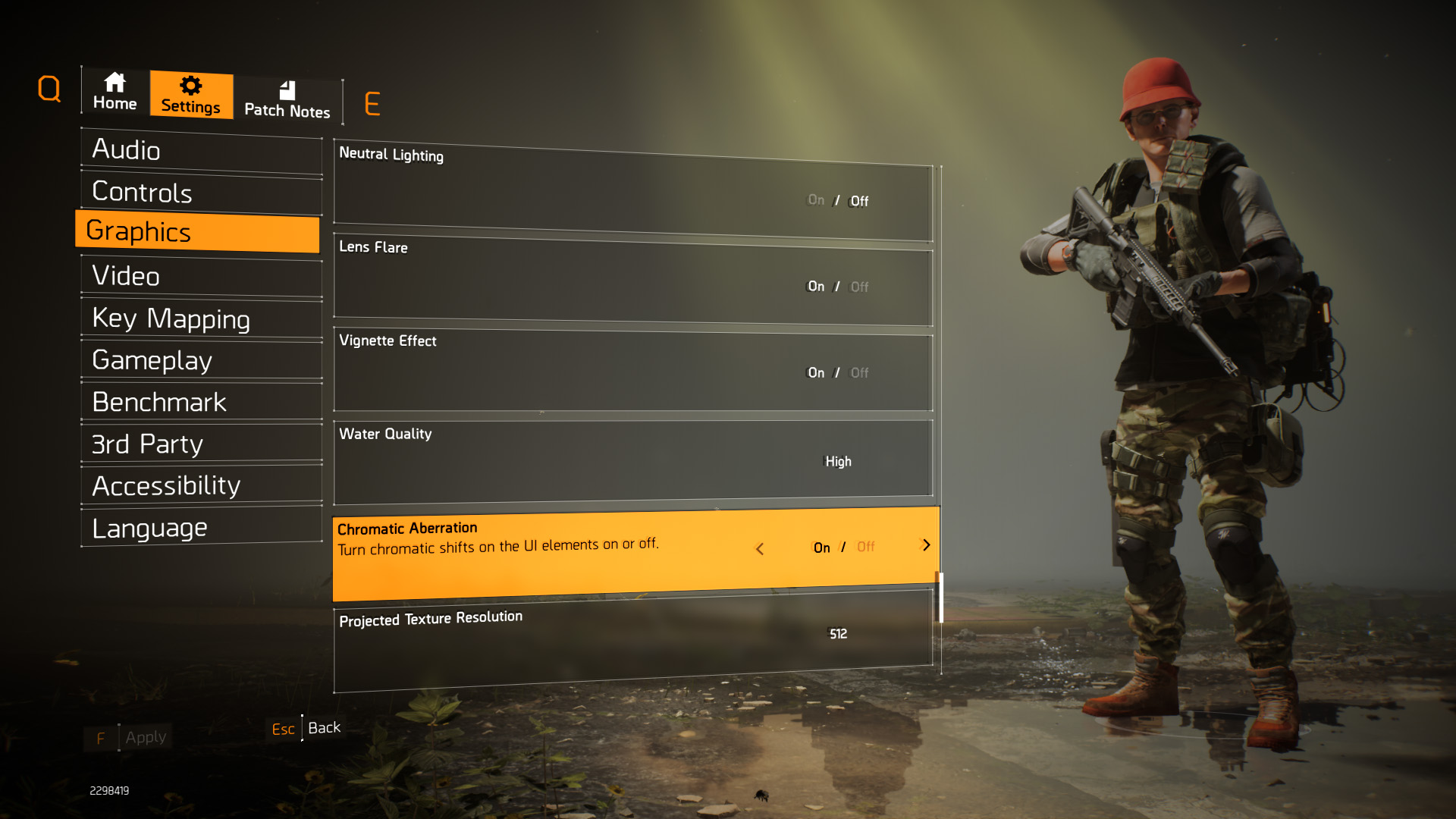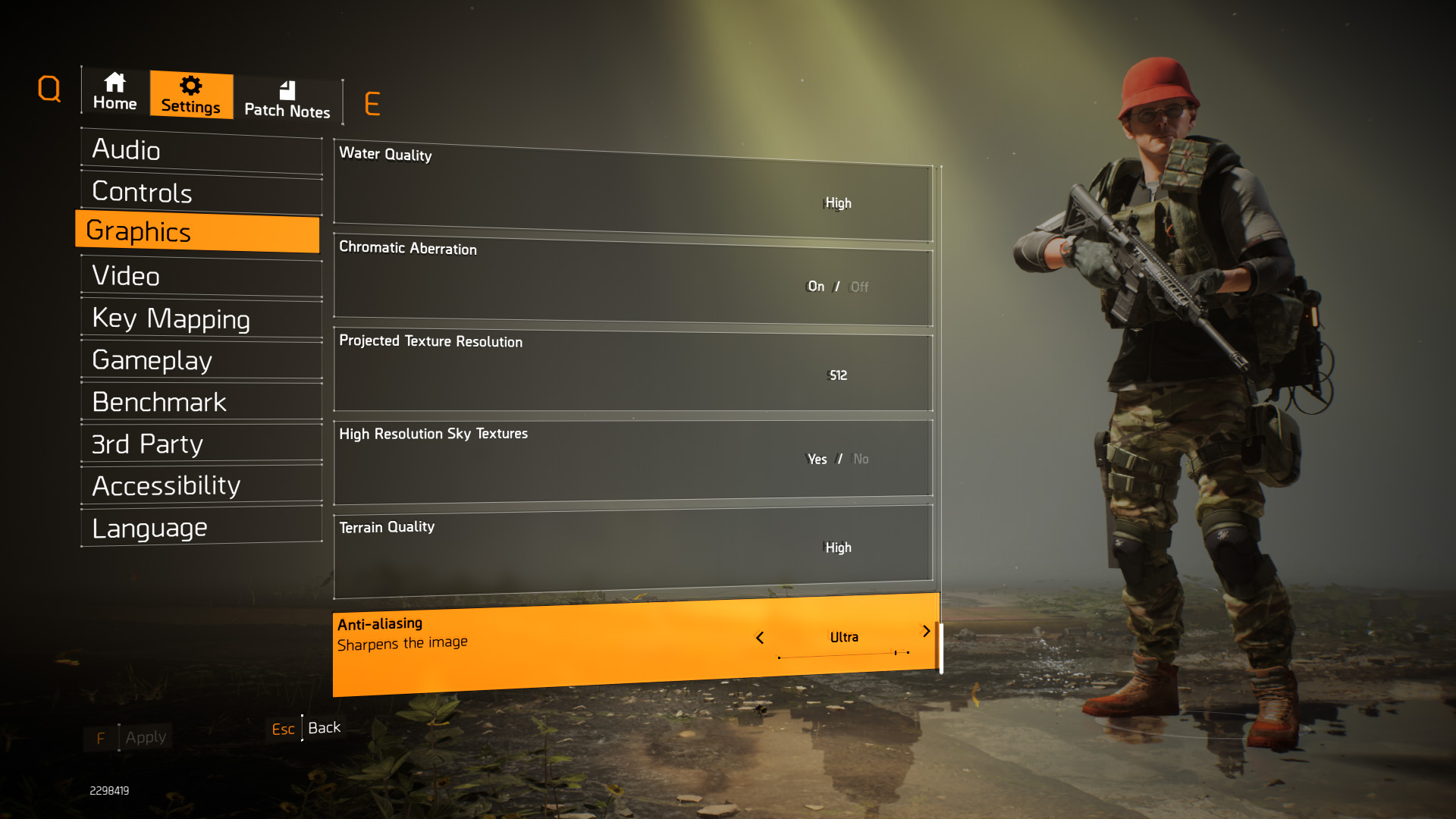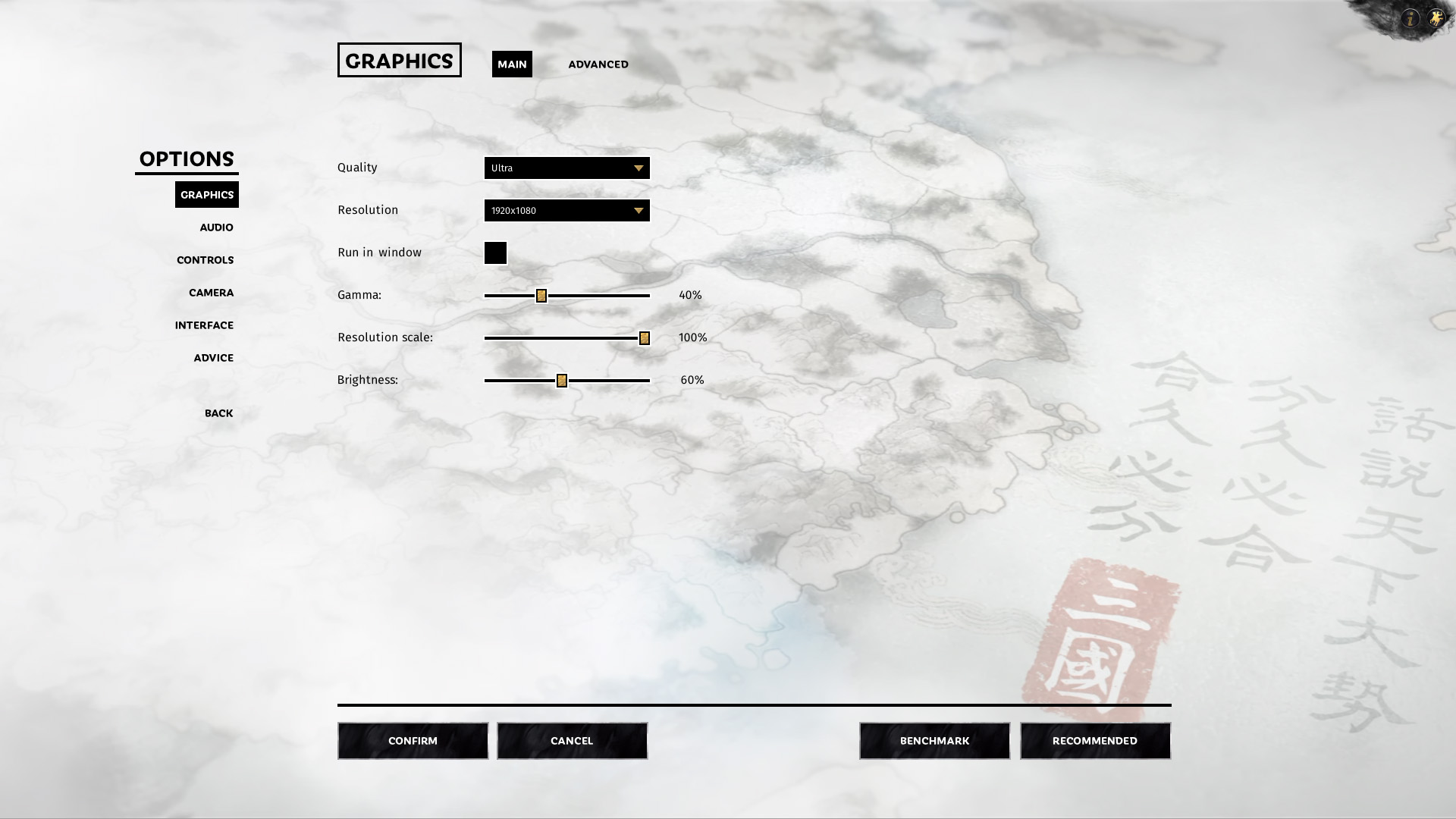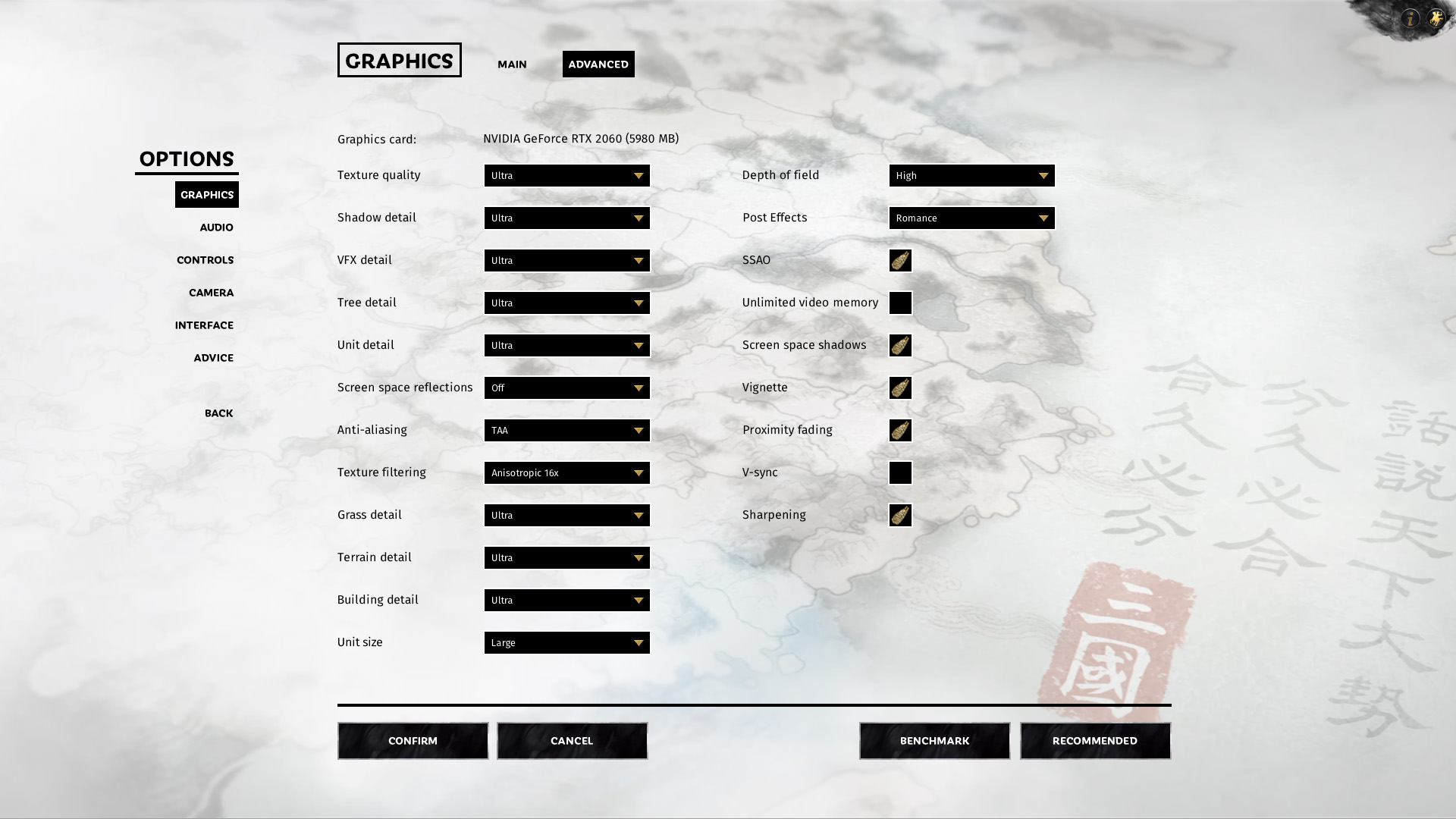- Qualcomm Launches Snapdragon 4 Gen 2 Mobile Platform
- AMD Launches Ryzen PRO 7000 Series Mobile & Desktop Platform
- Intel Launches Sleek Single-Slot Arc Pro A60 Workstation Graphics Card
- NVIDIA Announces Latest Ada Lovelace Additions: GeForce RTX 4060 Ti & RTX 4060
- Maxon Redshift With AMD Radeon GPU Rendering Support Now Available
NVIDIA’s GeForce RTX 2080 SUPER At 1080p, 1440p & Ultrawide

The third card in NVIDIA’s new SUPER lineup has landed, becoming the new top-end offering of the bunch (but still sitting far enough behind the 2080 Ti). We’re taking a look at NVIDIA’s newest $699 graphics card offering across a range of games at three resolutions: 1080p, 1440p, and ultrawide.
Page 1 – A Look At GeForce SUPER & Our Test Suite
A couple of weeks ago, NVIDIA released the first two GPUs as part of its ‘SUPER’ series, the 2060 and 2070. Each card offered nice boosts over their original respective counterparts, with the 2060 in particular feeling like a significant upgrade thanks in part to its additional 33% framebuffer boost.
We’re running behind on some content, including this review. NVIDIA released its GeForce RTX 2080 SUPER last week, and as of today, availability online is fair. Sadly, we’re not finding any SUPER graphics cards online right now sold at their respective SRPs, because all of those cards are out-of-stock.
If you’re to buy a SUPER card today, chances are that you’ll be splurging a bit extra on a third-party card, which at least comes with the trade-off of what could be better cooling, better overclocking capabilities, and / or boosted blocks out-of-the-box. Before you pull the trigger on any SUPER, though, you should visit NVIDIA’s own shop and see if Founder Editions are in stock, since those are guaranteed to adhere to SRP. And, if none are, you’ll be shown some vendor alternatives.
Of all three SUPERs, the 2080 is arguably the least-exciting, partly because the GPU is so fast to begin with – NVIDIA didn’t have a ton of room to work with, lest it accidentally eat into 2080 Ti territory. While the 2060 and 2070 SUPERs may be a bit more impressive compared to their original versions, the 2080 SUPER is at least delivering its performance boost for the same cost.
And speaking of cost, and specs, here’s a helpful table:
| NVIDIA’s GeForce Gaming GPU Lineup | |||||||
| Cores | Base MHz | Peak FP32 | Memory | Bandwidth | TDP | SRP | |
| TITAN RTX | 4608 | 1770 | 16.3 TFLOPS | 24GB 1 | 672 GB/s | 280W | $1,199 |
| RTX 2080 Ti | 4352 | 1350 | 13.4 TFLOPS | 11GB 1 | 616 GB/s | 250W | $999 |
| RTX 2080 SUPER | 3072 | 1650 | 11.1 TFLOPS | 8GB 1 | 496 GB/s | 250W | $699 |
| RTX 2080 | 2944 | 1515 | 10.0 TFLOPS | 8GB 1 | 448 GB/s | 215W | $699 |
| RTX 2070 SUPER | 2560 | 1605 | 9.1 TFLOPS | 8GB 1 | 448 GB/s | 215W | $499 |
| RTX 2070 | 2304 | 1410 | 7.4 TFLOPS | 8GB 1 | 448 GB/s | 175W | $499 |
| RTX 2060 SUPER | 2176 | 1470 | 7.2 TFLOPS | 8GB 1 | 448 GB/s | 175W | $399 |
| RTX 2060 | 1920 | 1680 | 6.4 TFLOPS | 6GB 1 | 336 GB/s | 160W | $349 |
| GTX 1660 Ti | 1536 | 1500 | 5.5 TFLOPS | 6GB 1 | 288 GB/s | 120W | $279 |
| GTX 1660 | 1408 | 1530 | 5 TFLOPS | 6GB 1 | 192 GB/s | 120W | $279 |
| GTX 1650 | 896 | 1485 | 3 TFLOPS | 4GB 1 | 128 GB/s | 75W | $279 |
| TITAN Xp | 3840 | 1405 | 12.1 TFLOPS | 12GB 2 | 548 GB/s | 250W | $1,199 |
| GTX 1080 Ti | 3584 | 1480 | 11.3 TFLOPS | 11GB 2 | 484 GB/s | 250W | $699 |
| GTX 1080 | 2560 | 1733 | 8.8 TFLOPS | 8GB 2 | 320 GB/s | 180W | $499 |
| GTX 1070 Ti | 2432 | 1607 | 8.1 TFLOPS | 8GB 3 | 256 GB/s | 180W | $449 |
| GTX 1070 | 1920 | 1506 | 6.4 TFLOPS | 8GB 3 | 256 GB/s | 150W | $379 |
| GTX 1060 | 1280 | 1700 | 4.3 TFLOPS | 6GB 3 | 192 GB/s | 120W | $299 |
| GTX 1050 Ti | 768 | 1392 | 2.1 TFLOPS | 4GB 3 | 112 GB/s | 75W | $139 |
| GTX 1050 | 640 | 1455 | 1.8 TFLOPS | 2GB 3 | 112 GB/s | 75W | $109 |
| Notes | 1 GDDR6; 2 GDDR5X; 3 GDDR5; 4 HBM2 Architecture: GTX & TITAN = Pascal; RTX = Turing |
||||||
Compared to the original RTX 2080, the 2080 SUPER adds 128 CUDA cores and a bit of extra clock speed to hit 11.1 TFLOPS single-precision performance, up from 10.0 TFLOPS of the original 2080. At the same time, memory bandwidth has seen a ~10% boost, and so has the TDP, which moves from 215W to 250W.
NVIDIA’s RTX SUPER series exists for a couple of reasons, and only one of them has to do with countering AMD’s Navi launch, which reached almost unparalleled levels of hype leading up to it. “Kicker” products such as these SUPERs are not new, but the SUPER moniker is. With this refresh, NVIDIA is able to talk about all that’s happened since the release of the RTX series last fall.
Admittedly, even today, RTX isn’t ubiquitous in gaming, but when is the last time a new major API released that had immediate support industry-wide within the first year? We can’t help but think back to AGEIA’s PhysX, which was seriously cool at the time, but desperately lacked content.
All told, we’re actually pretty impressed with how quickly RTX has caught on, since it’s not exactly a small detail in affected games. While some games use RTX’s features to better effect than others, developers seem to be catching onto how to maximize its impact, because when ray tracing harms performance as much as it does, it’s nice to get genuine enhancements in return.
At the moment, released games with RTX include Shadow of the Tomb Raider, Metro Exodus, Battlefield V, and of course, Quake II RTX. At E3, a handful of new titles were added to the forthcoming list, including Control, Watch Dogs Legion, Call of Duty Modern Warfare, and perhaps most impressively, Cyberpunk 2077.
Ray tracing is just part of RTX; Tensor cores and AI/deep-learning is another. That has limited use in gaming right now, though titles that utilize NVIDIA’s DLSS (deep-learning super-sampling) will take advantage of it. We have a lot of benchmarking on our plates, but we’re still eager to expand into deep-learning testing more in the future.
Since the 2080 SUPER isn’t a hard product to figure out, we can jump right into a look at its performance – but not before a quick look at our test rig and suite.
A Look At Test Methodology
| Techgage Gaming GPU Test PC | |
| Processor | Intel Core i9-9900K (3.6GHz Base, 5.0GHz Turbo, 8C/16T) |
| Motherboard | ASUS ROG STRIX Z390-E GAMING CPU tested with BIOS 1005 (April 10, 2019) |
| Memory | G.SKILL TridentZ (F4-3400C16-8GSXW) 8GB x 2 Operates at DDR4-3200 14-14-14 (1.35V) |
| AMD Graphics | AMD Radeon RX 5700 XT (8GB; July 4 Beta Driver) AMD Radeon RX 5700 (8GB; July 4 Beta Driver) AMD Radeon RX Vega 64 (8GB; Radeon 19.6.3) AMD Radeon RX 590 (8GB; Radeon 19.6.3) |
| NVIDIA Graphics | NVIDIA GeForce RTX 2080 Ti (11GB; GeForce 431.56) NVIDIA GeForce RTX 2080 SUPER (8GB; GeForce 431.56) NVIDIA GeForce RTX 2080 (8GB; GeForce 431.56) NVIDIA GeForce RTX 2070 SUPER (8GB; GeForce 430.86) NVIDIA GeForce RTX 2060 SUPER (8GB; GeForce 430.86) NVIDIA GeForce RTX 2070 (8GB; GeForce 430.86) NVIDIA GeForce RTX 2060 (6GB; GeForce 430.86) |
| Storage | Kingston SSDNow V310 960GB (SATA 6Gbps) |
| Power Supply | Corsair RM650x (650W) |
| Chassis | NZXT S340 Elite Mid-tower |
| Cooling | Corsair Hydro H100i V2 AIO Liquid Cooler (240mm) |
| Et cetera | Windows 10 Pro (64-bit; build 18362) |
All of the GPUs have been tested with modern drivers, and with an up-to-date Windows 10 (1903). Our operating system is kept clean and optimized as possible to reduce benchmark interference, ensuring accurate results. V-Sync, G-SYNC, and FreeSync are disabled at the monitor and driver level. Both Intel’s chipset driver and Management Engine (ME) are updated to the latest versions.
Games Tested & Vendor Neutrality
A total of ten games are included in our current test suite. Recent additions include Tom Clancy’s Rainbow Six: Siege and Counter-Strike: Global Offensive for some super-high FPS eSports testing, as well as the new F1 2019, Metro Exodus, The Division 2, and Total War: Three Kingdoms. Meanwhile, Battlefield V, Far Cry 5, Monster Hunter: World, Shadow of the Tomb Raider, and the usual assortment of synthetics make a return in our updated suite.
On the topic of suite overhauls, this is the first one where we’ve done testing to generate percentile results. Only one game is measured this way right now, but we’ll be expanding with our next revision, now that we’re getting the hang of it.
Here’s the full list of tested synthetic benchmarks, games, and developer allegiances:
- Battlefield V
- Counter-Strike: Global Offensive
- F1 2019
- Far Cry 5 – AMD partner
- Metro Exodus – NVIDIA partner
- Monster Hunter World
- Shadow of the Tomb Raider – NVIDIA partner
- Tom Clancy’s Rainbow Six: Siege – NVIDIA partner
- Tom Clancy’s The Division 2 – AMD partner
- Total War: Three Kingdoms
- UL 3DMark & VRMark
- Unigine Superposition
As with our last few GPU reviews, this one includes a blend of DX11 and 12 games, but doesn’t tackle Vulkan. We had planned to use Rage 2 until an update broke the game on our system, and moving to World War Z proved fruitless, as well. When we get back to a full suite retest, we’ll slip one of those in, provided they stop giving us so many issues. If World War Z was here, it would even out the vendor favoritism better, since it’s an AMD sponsored title.
Note: You can download all of the tested setting images at once here (ZIP, 7MB).
On the ray tracing side, we planned to use Battlefield V until activation DRM stepped in. We then tried to use Metro Exodus‘ external benchmark tool, but it would crash before the content could open, which is the same issue we had at its launch. Suffice to say, this article lacks certain results we wanted to get in, but there are many more to help make up for it. And with that, let’s get right to it, starting with Drmfield V.
Support our efforts! With ad revenue at an all-time low for written websites, we're relying more than ever on reader support to help us continue putting so much effort into this type of content. You can support us by becoming a Patron, or by using our Amazon shopping affiliate links listed through our articles. Thanks for your support!




